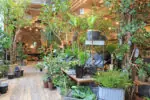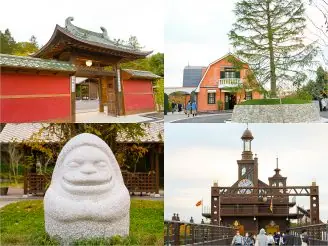[Nisshin city] Go See the Nostalgic Train at "Retro Denshakan" Admission is Free!
![[Nisshin city] Go See the Nostalgic Train at "Retro Denshakan" Admission is Free!](https://life-designs.jp/wp/wp-content/uploads/2022/04/image1-5-700x468-1.jpg)
Table of Contents
"Retro Denshakan" located in Nisshin City, Aichi is a preservation museum for Nagoya City's streetcars and subways. Historical train cars that used to run in Nagoya are on display.
Three types of streetcars and one type of subway train that were once in service are on display, and visitors can actually enter the cars and see them, as well as touch the steering wheel and other machinery in the driver's seat.
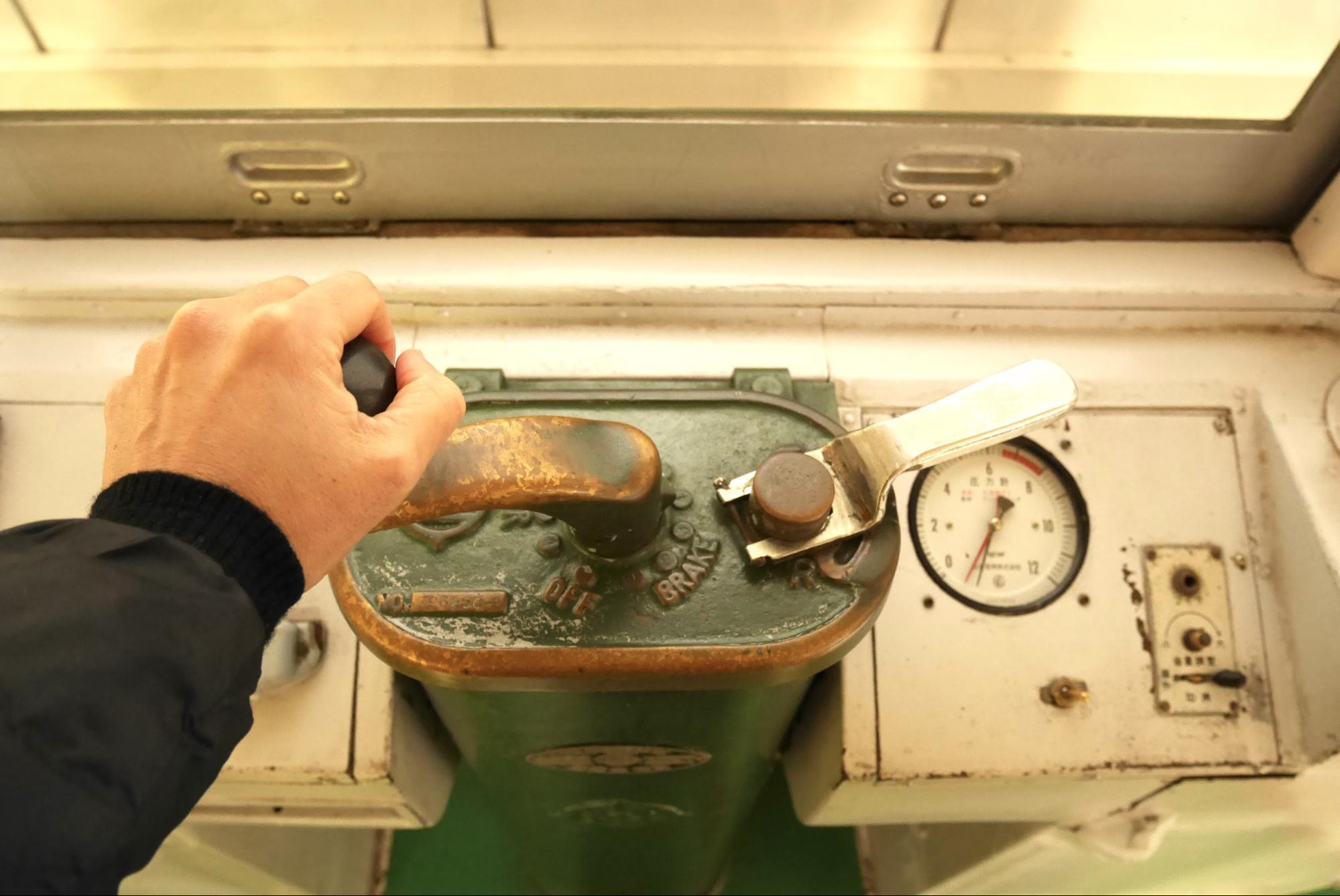
A model train diorama that allows visitors to start and stop the train, and a play area where visitors can enjoy a subway driving game and a paper craft game where they can design their own subway cars are very popular with children.
A coupling bogie equipped with a brake system and many nostalgic goods related to trains are also on display, which are irresistible to train fans and nostalgic for those who used to use trains in those days.
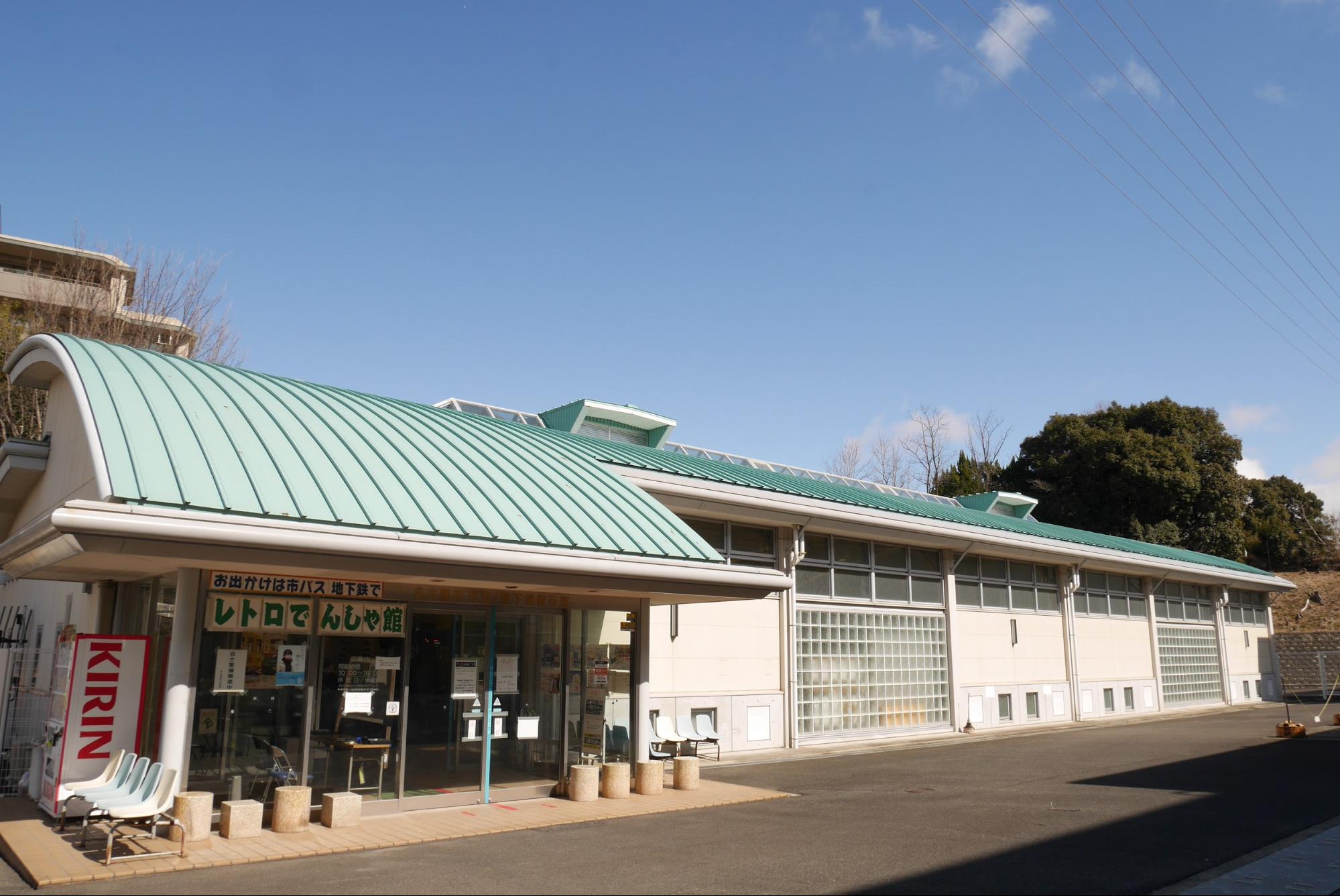
We will take a closer look at Retro Denshakan, which is loved by a wide range of customers, from small children to their grandparents.
How to access Retro Denshakan?
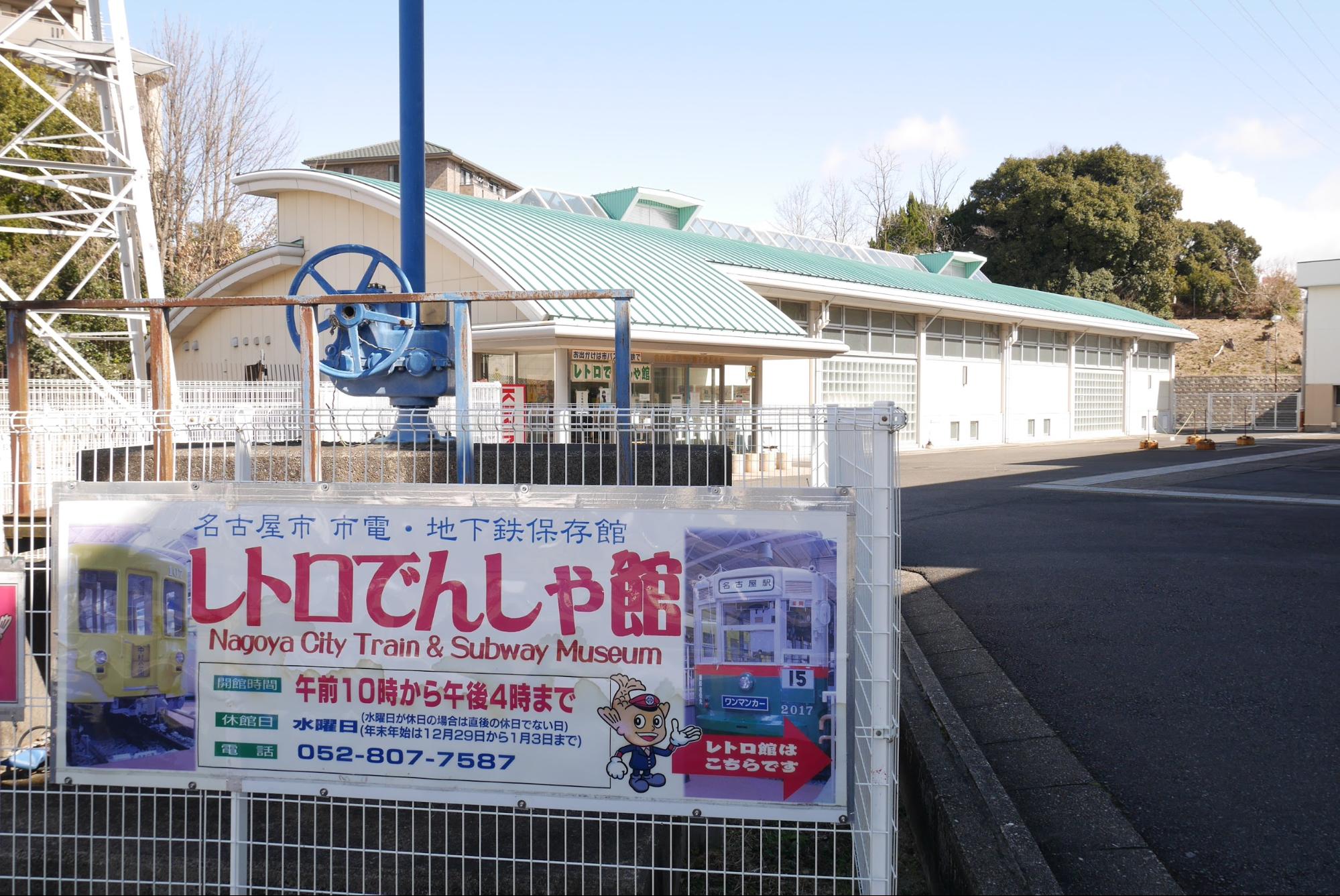
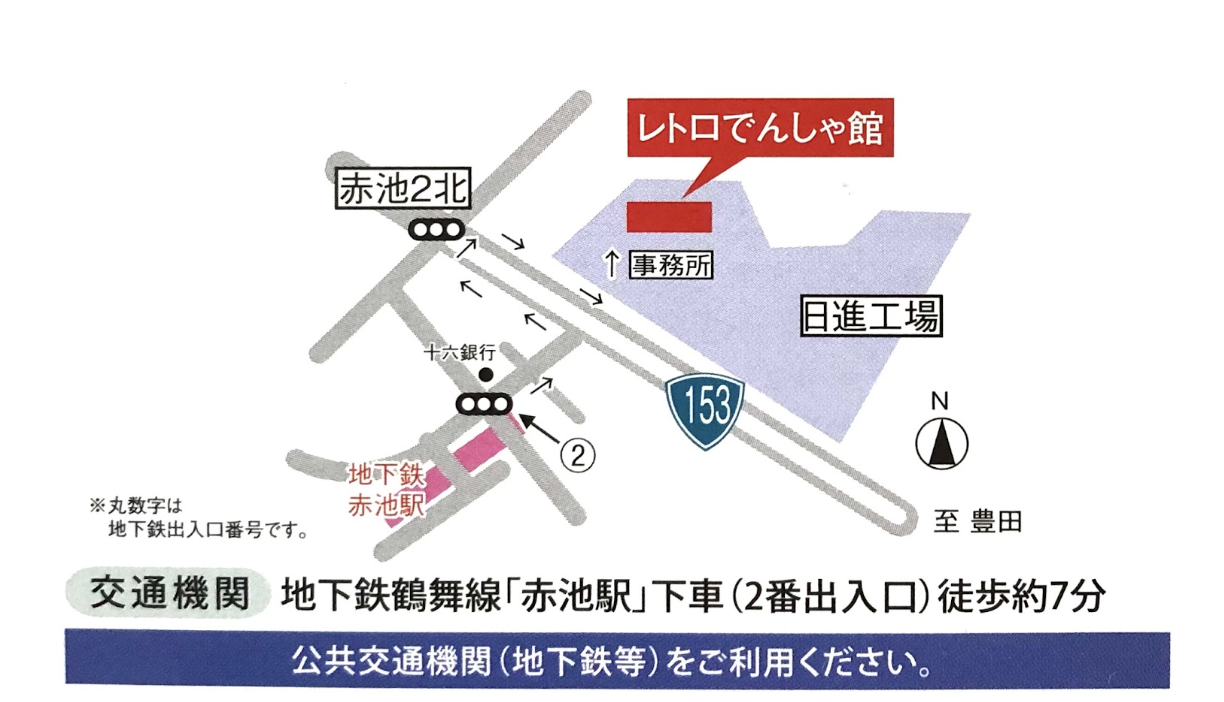
Retro Denshakan is located on the grounds of the Nagoya City Transportation Bureau Nisshin Factory, about a 7-minute walk from Exit 2 of Akaike Station on the Tsurumai Subway Line. There is a parking lot, but the number of spaces is limited.
Highlights of Retro Denshakan!
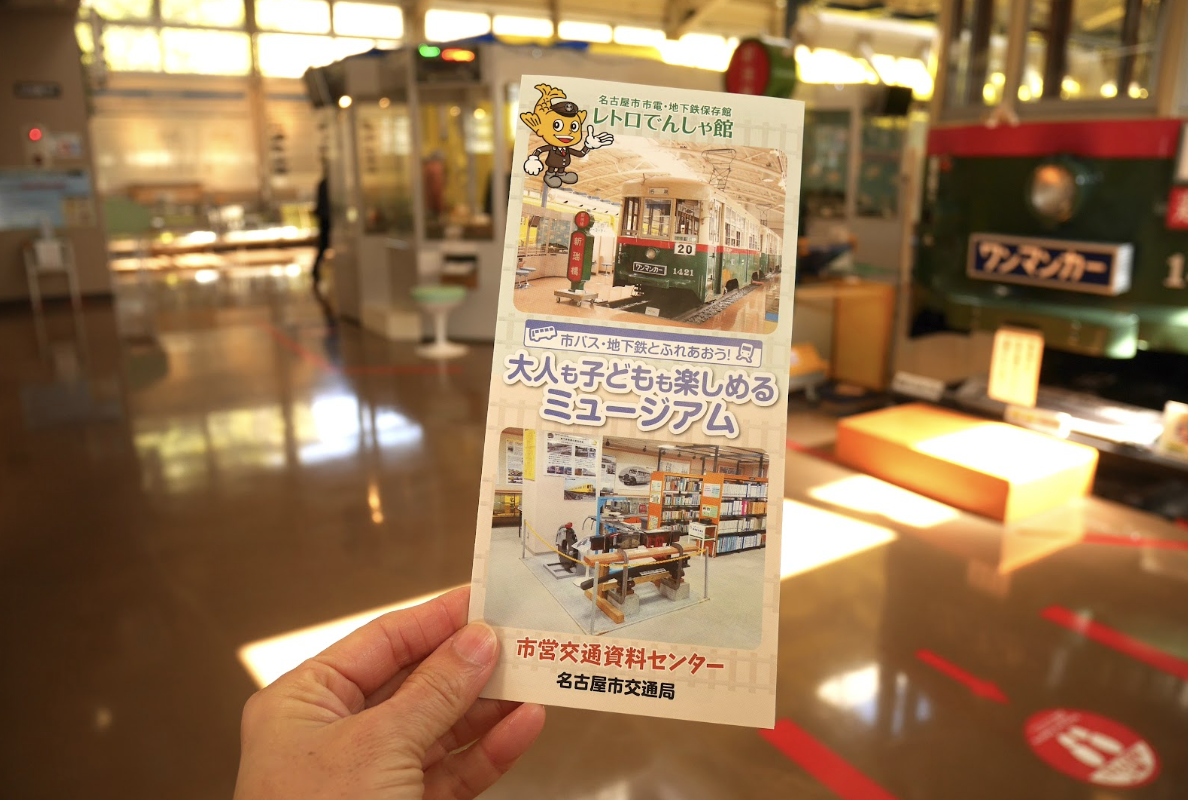
When you enter the building, you can see retro trains lined up under the big roof. You can enjoy it regardless of rainy days. Let's start with the vehicle closest to the entrance.
(As of March 2022, as a countermeasure against the COVID-19, it is a complete reservation system, and procedures are required at the entrance when entering.)

World's No. 1 Tram "Municipal tram 1400 type" Suitable for Expo
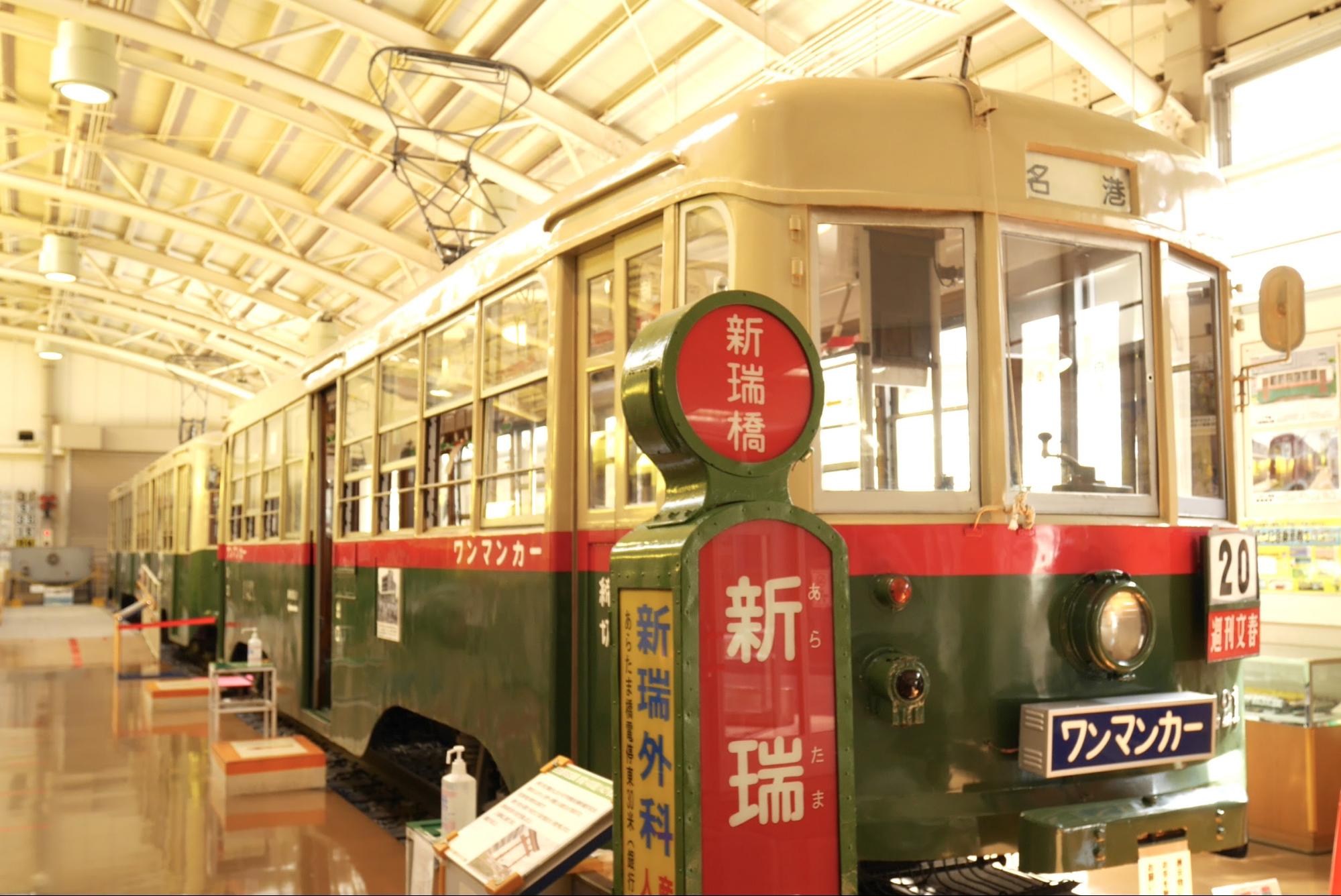
Streetcar 1400 type is a standard vehicle of Nagoya streetcar. The red line on the green and off-white body is impressive.
It was built to transport passengers for the Pan-Pacific Peace Exposition held in 1937, and was active for a long time until 1974, when the streetcar service was discontinued.
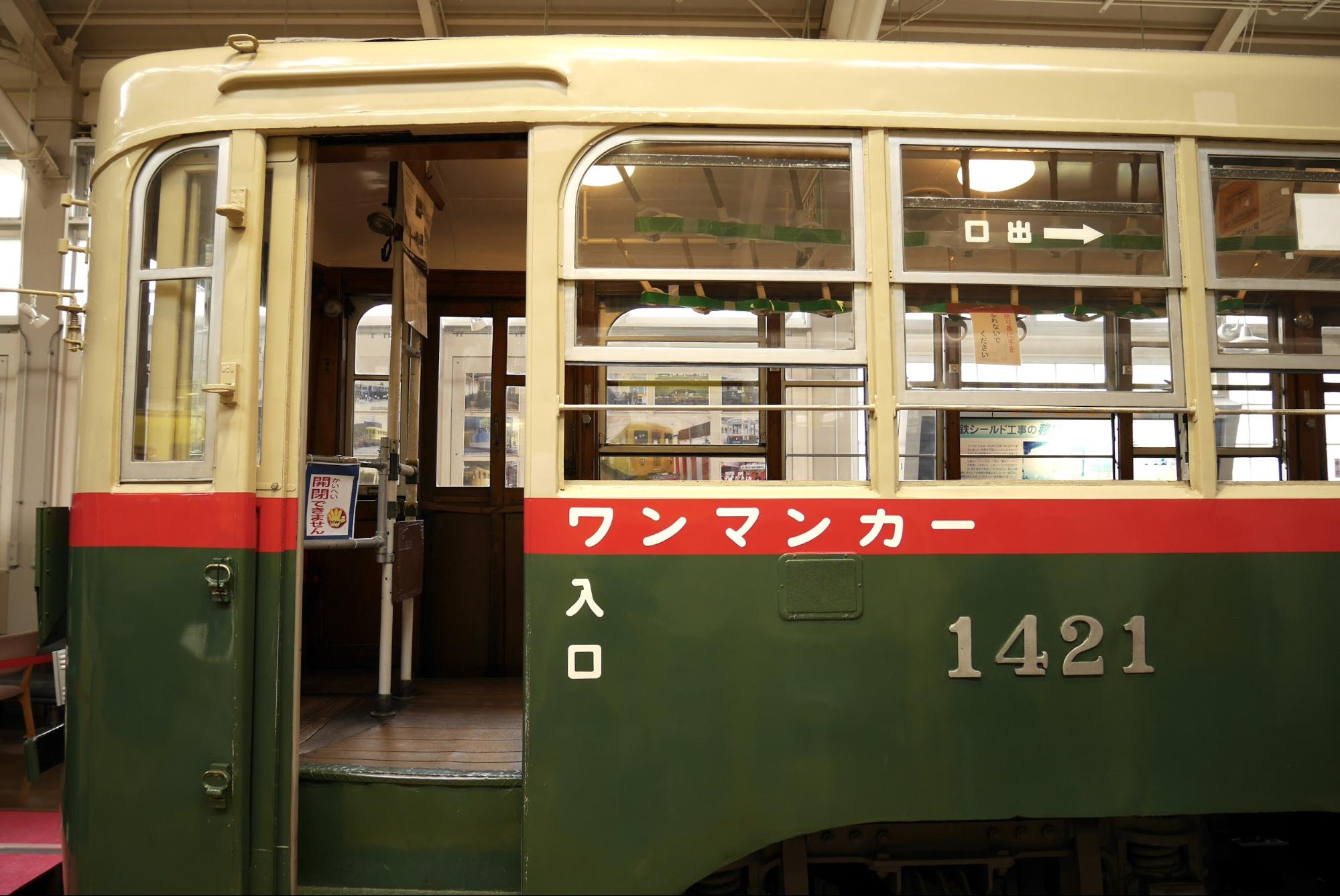
It is a one-man car with a designated entrance and exit. It's nice that we can actually go inside!
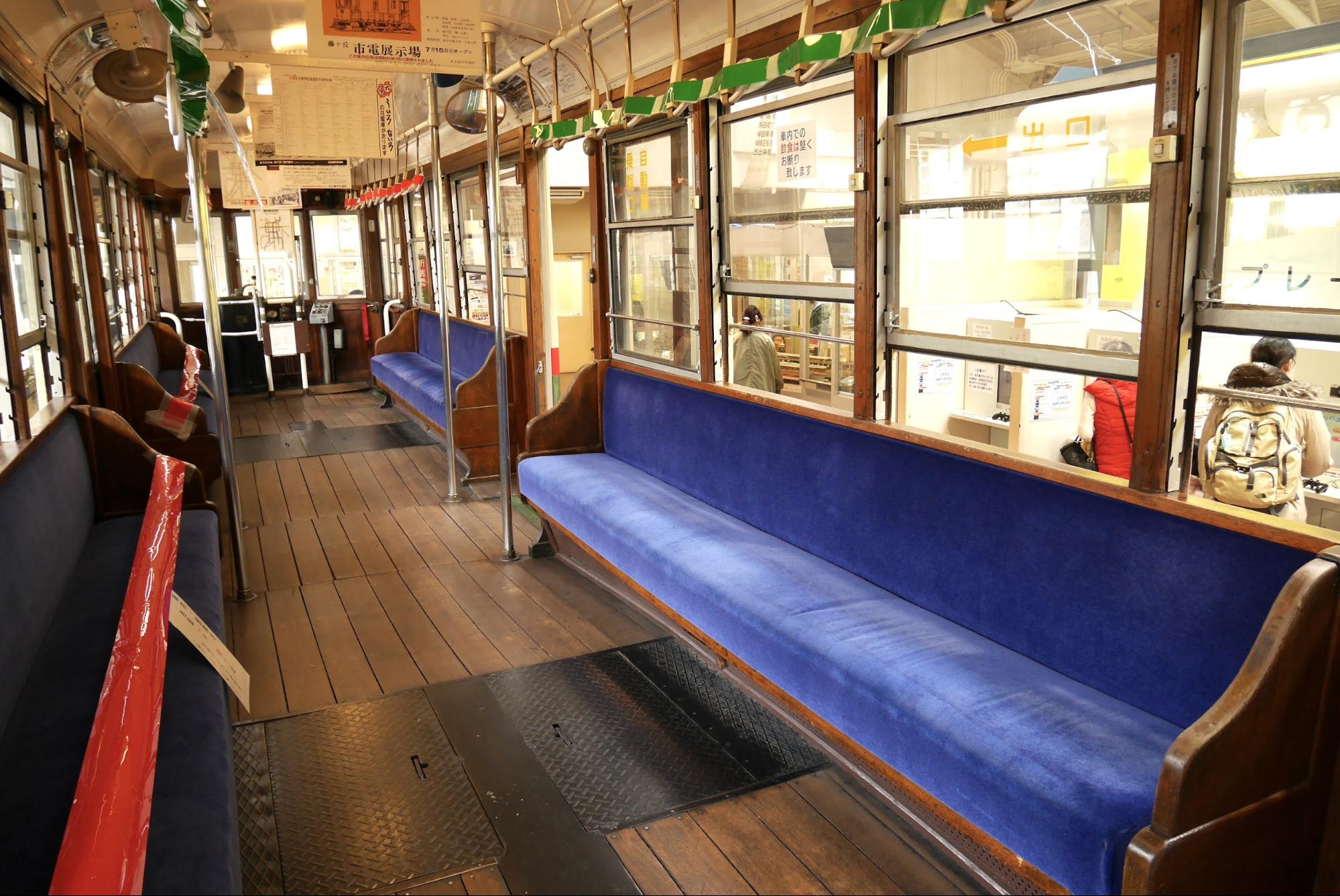
In the 1400 type, the floor, sofa and window frames are made of wood. Chic, retro, and very stylish.
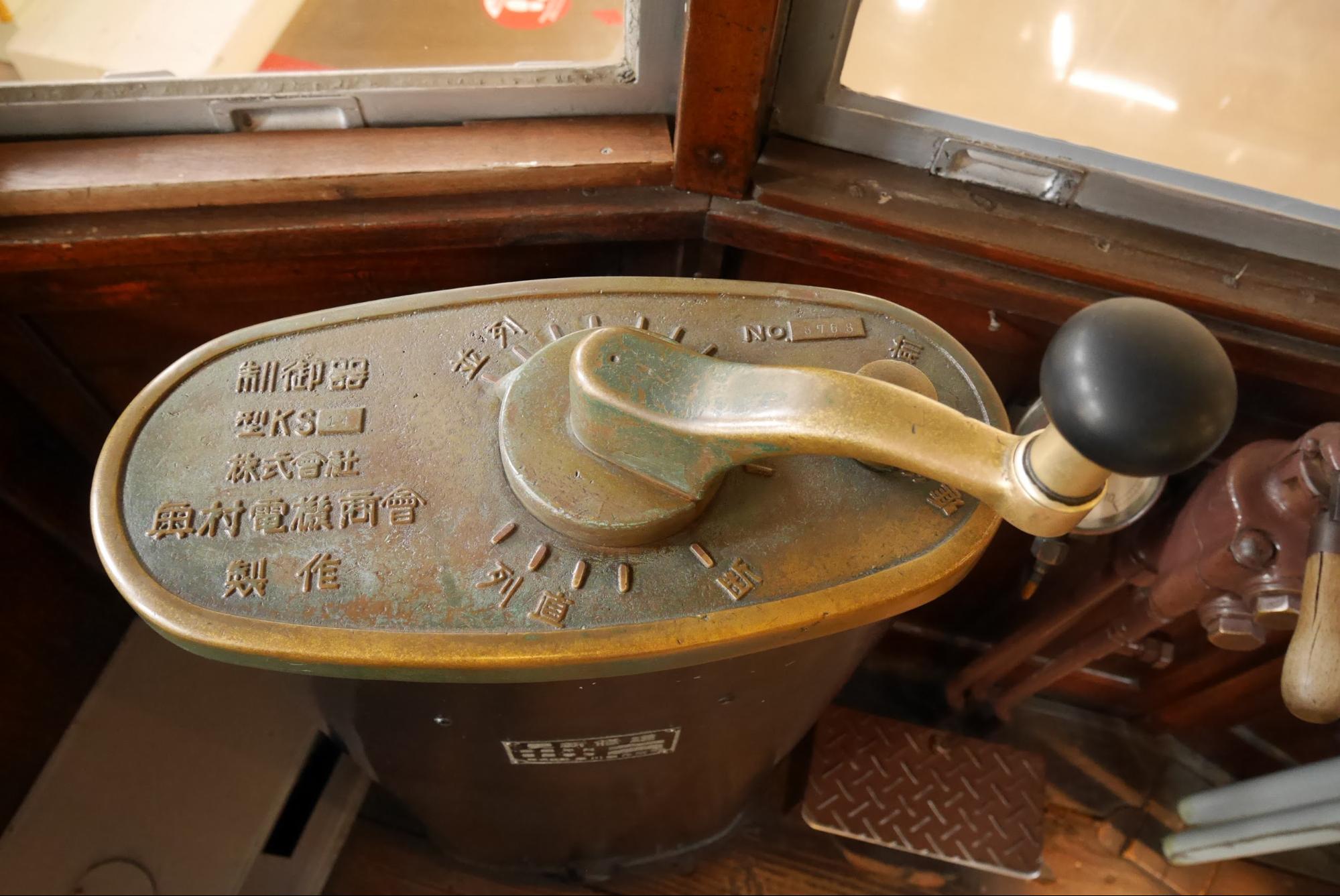
The device in the driver's seat is mechanical and cool. You can actually touch it and turn the handle. Very popular with children!
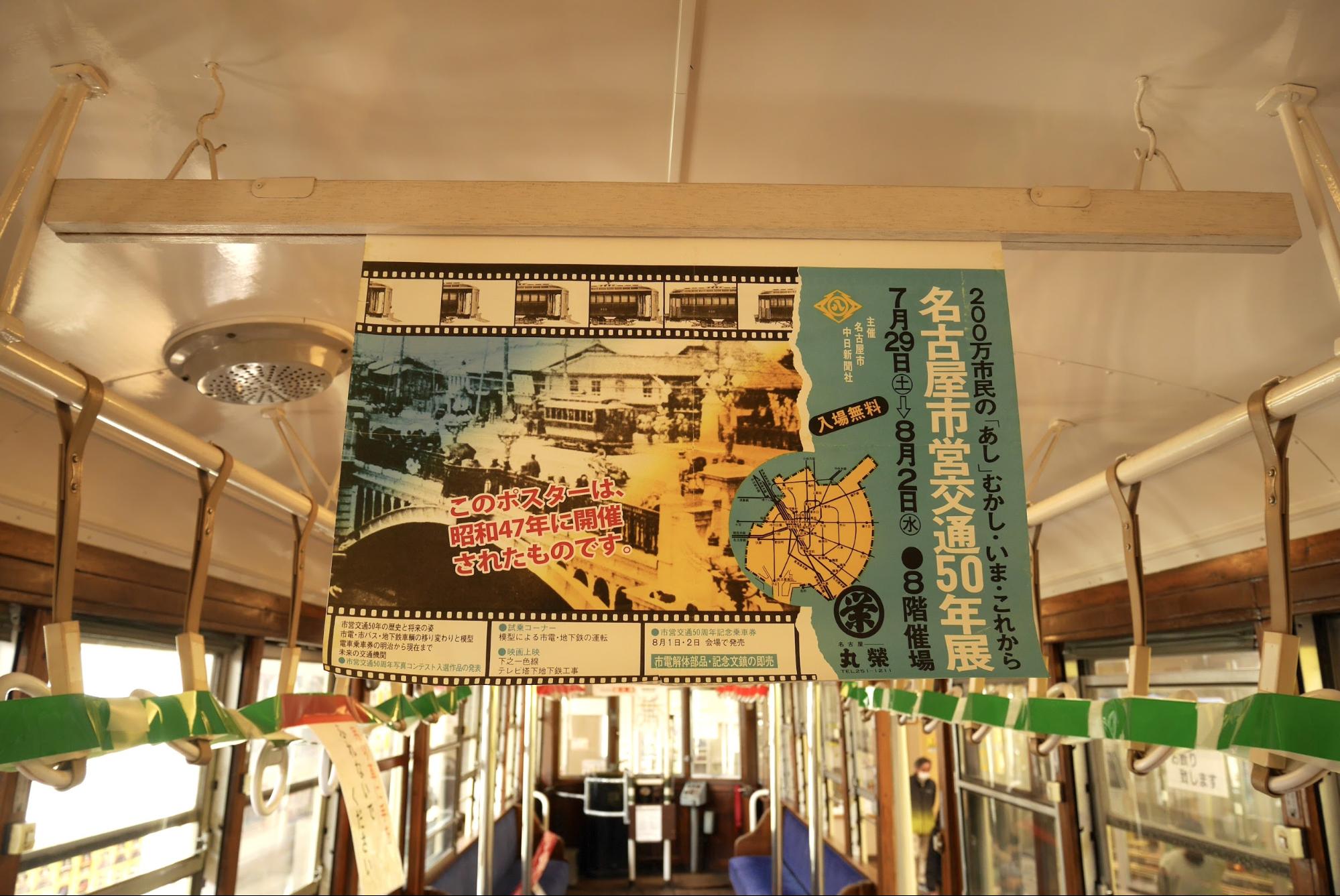
Please pay attention to the posters and notices inside the train. It makes me feel like I've traveled back in time to the Showa era.
Articulated vehicle for mass transportation "Municipal tram 3000 type"
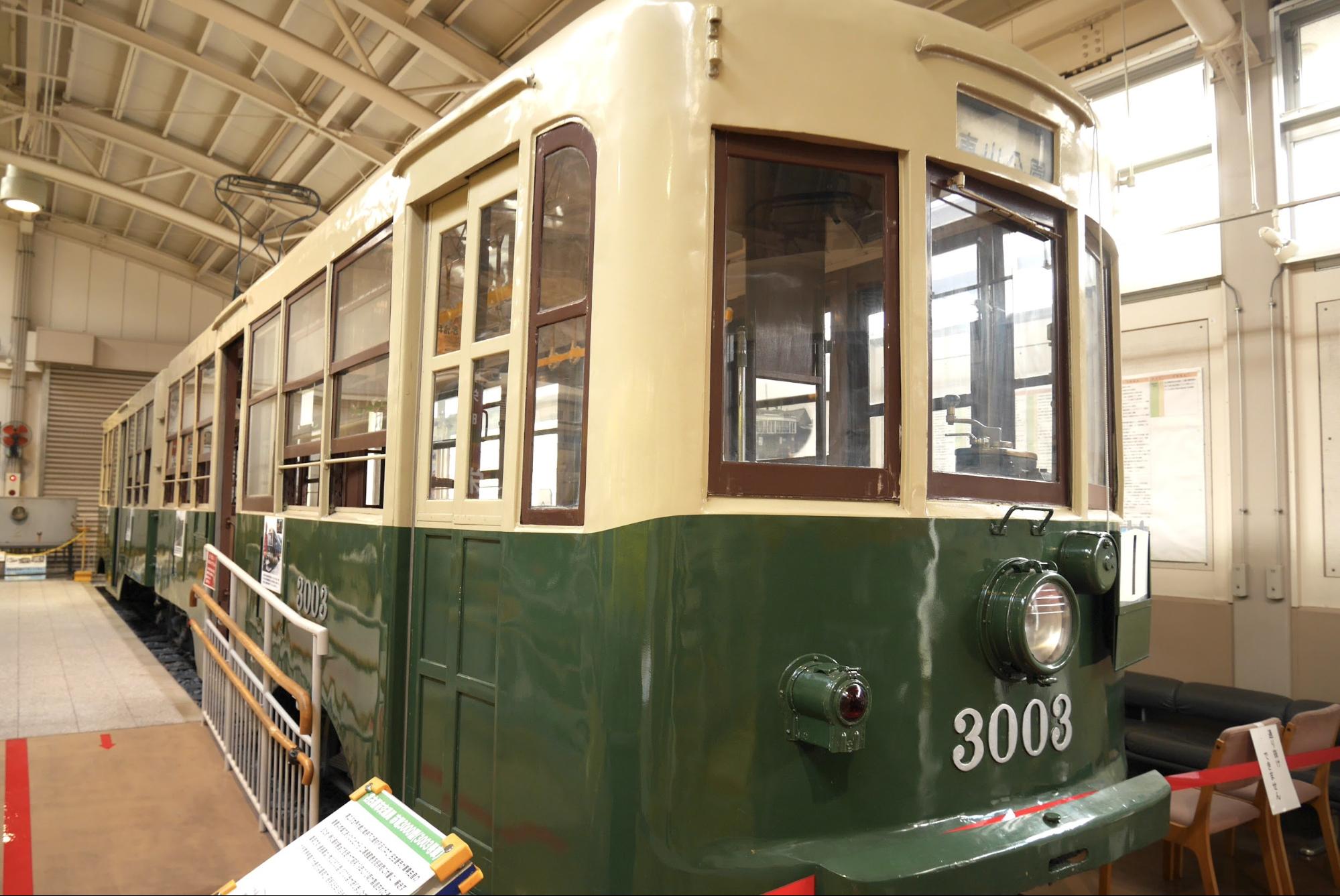
During World War II, Nagoya City played an important role as a munitions production area. The articulated carriages were manufactured in 1944 to transport munitions factory commuters in large numbers and in a short time.
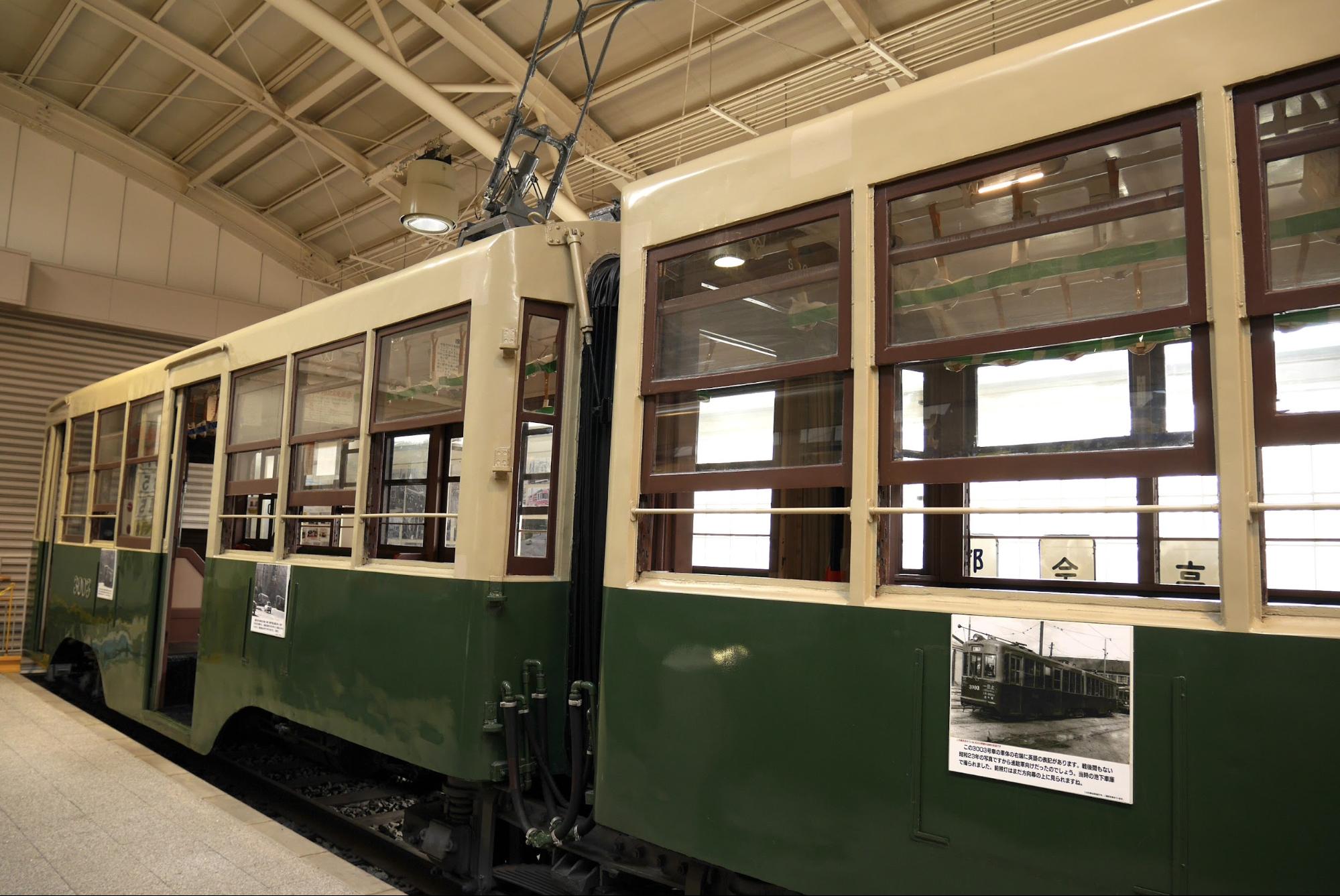
Even though there was a shortage of materials during the war, it is said that the combination car was manufactured with a special allocation of materials.
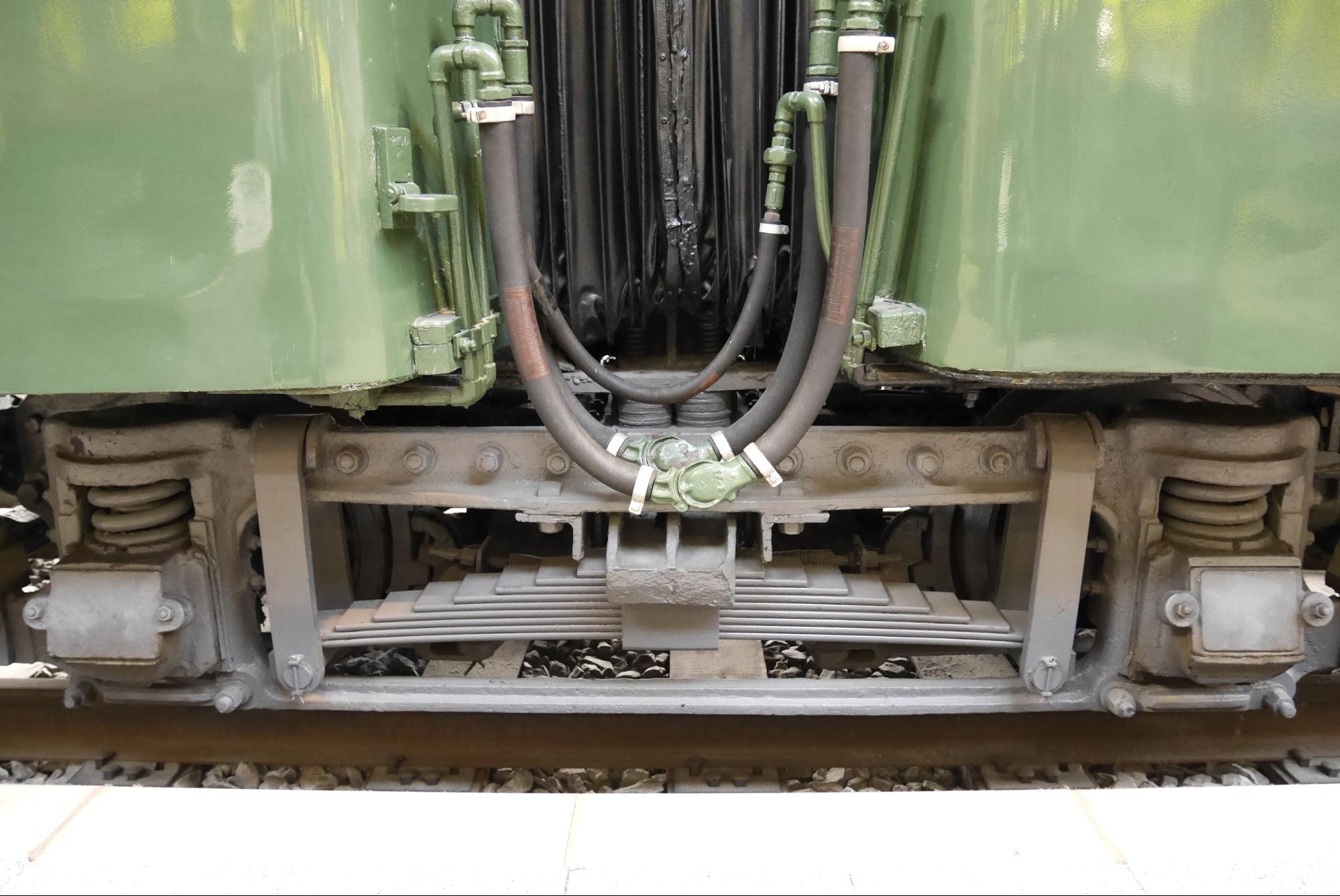
The connecting part is a bogie like this, which seems to be made very differently from recent connecting sections.

Let's go inside! The floor is also retro wooden.

The interior couplings are spacious with good visibility.
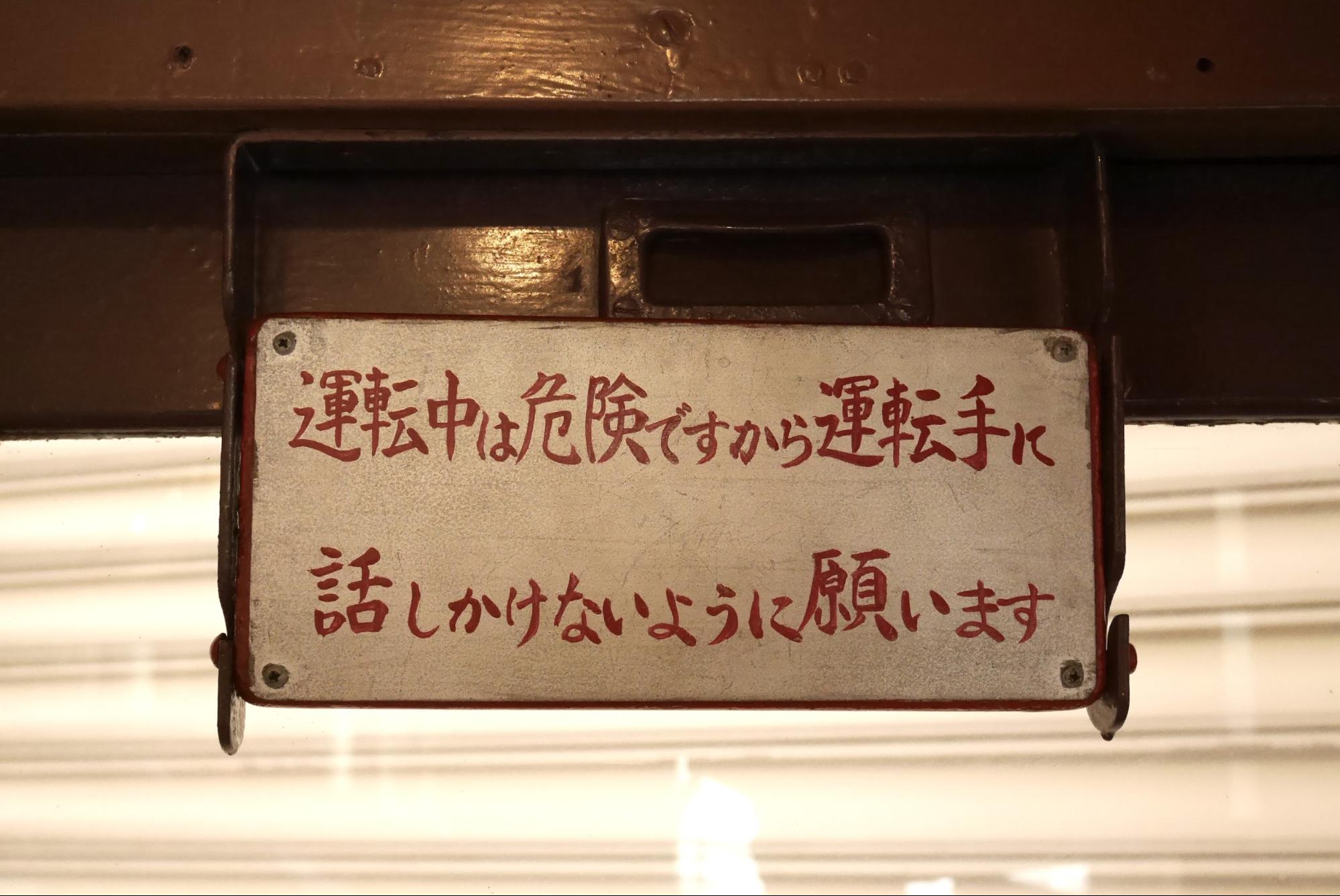
The warning signs are handwritten! It is hard to imagine today, but there was no wall between the driver's seat and the passenger seats.
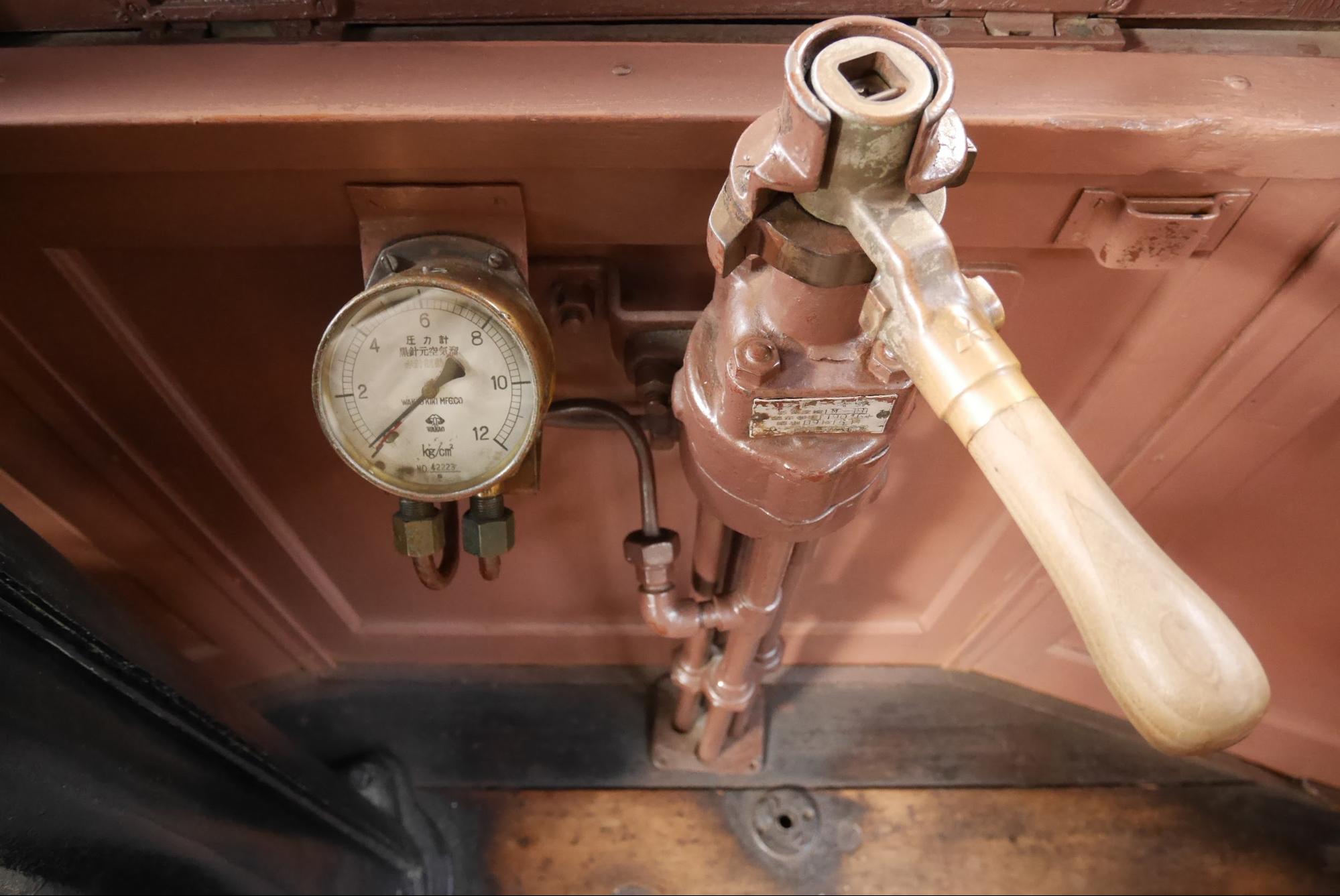
"All abroad!" I feel like a conductor!
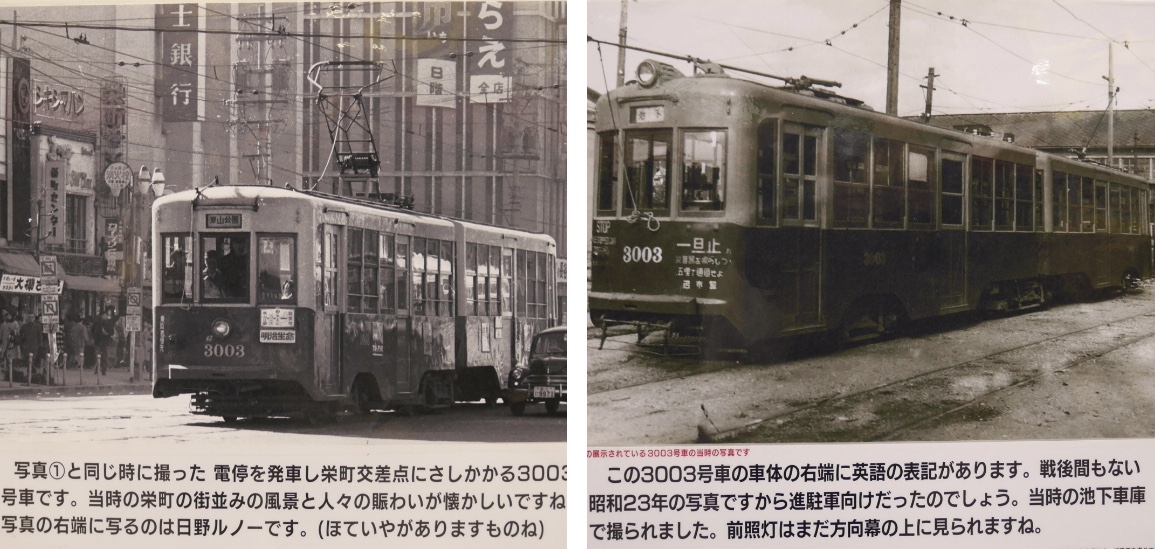
(Left) This photo shows the city at the time when the streetcar was running, and the car running right next to it. (Right) Post-war photo from Showa 23, this car No. 3003 still has English notation.
Silent trams "Municipal tram 2000 type"
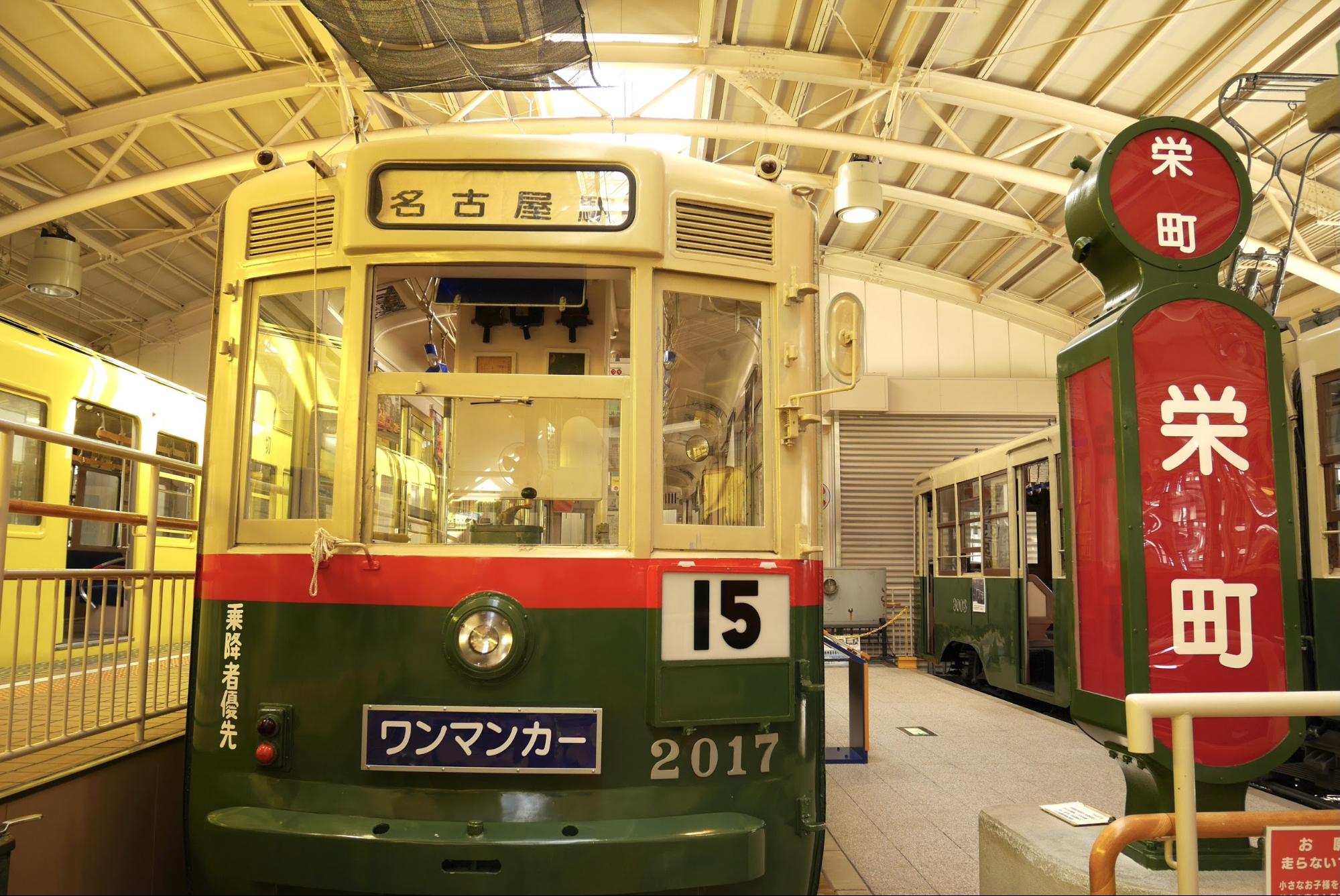
They were called "silent trams" because they were very quiet with rubber wheels to reduce vibration and noise. Some citizens criticized the streetcars because of the danger of running in a crawl and demanded to make the whistle sound louder.
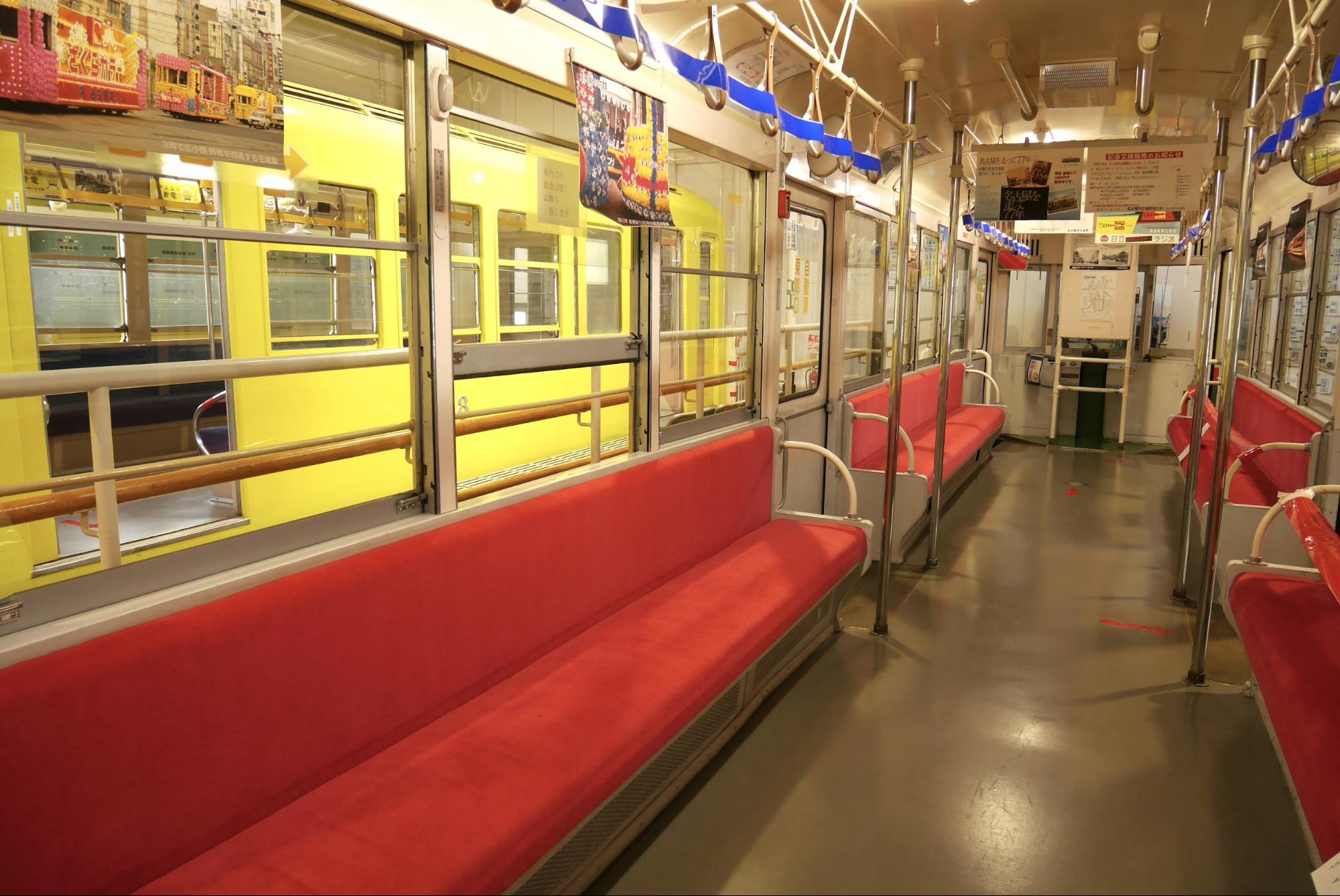
The floors are no longer made of wood, and the rooms have a modern image.
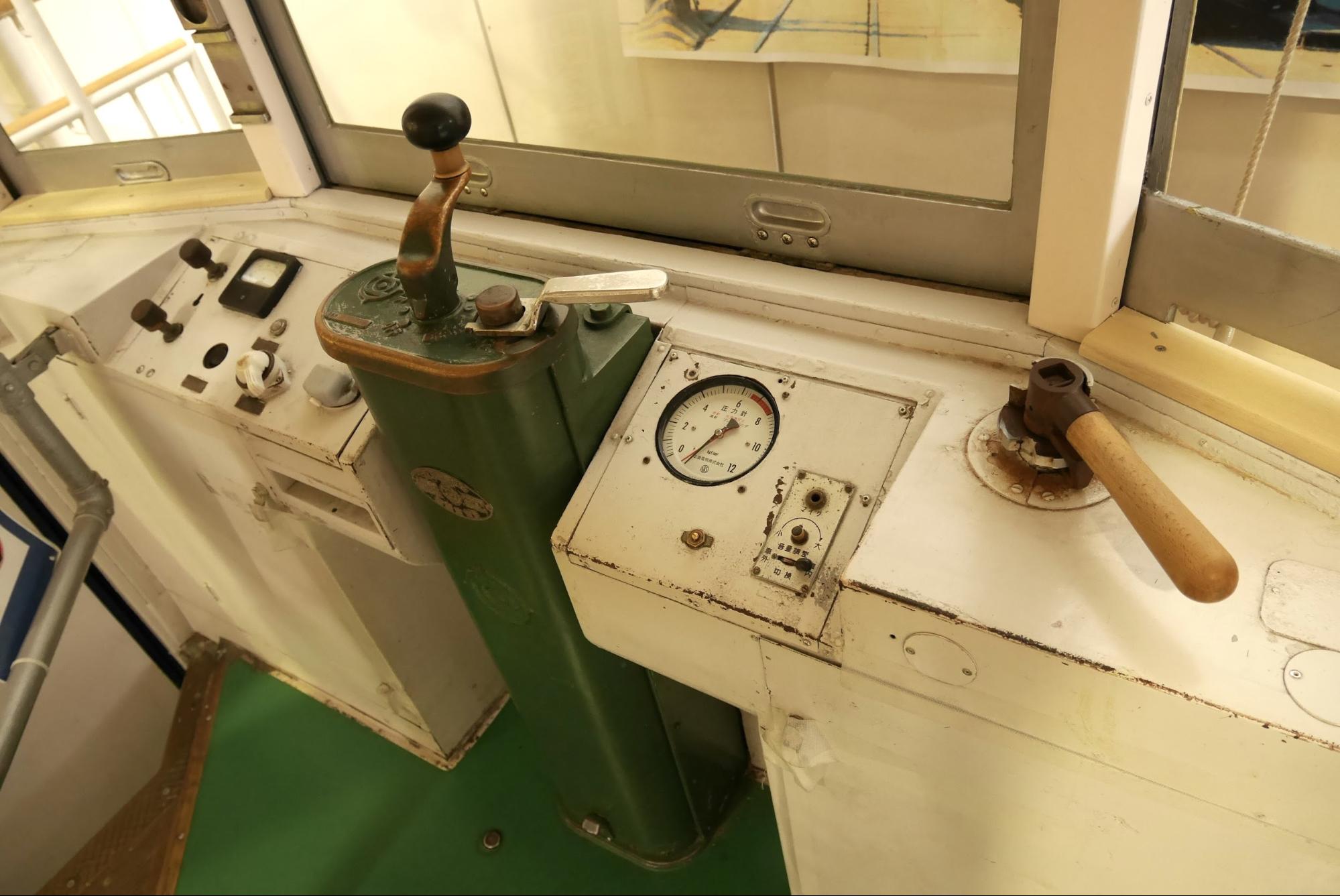
The mechanics of the driver's seat were also evolving, but there was still no wall between the seats and the audience.
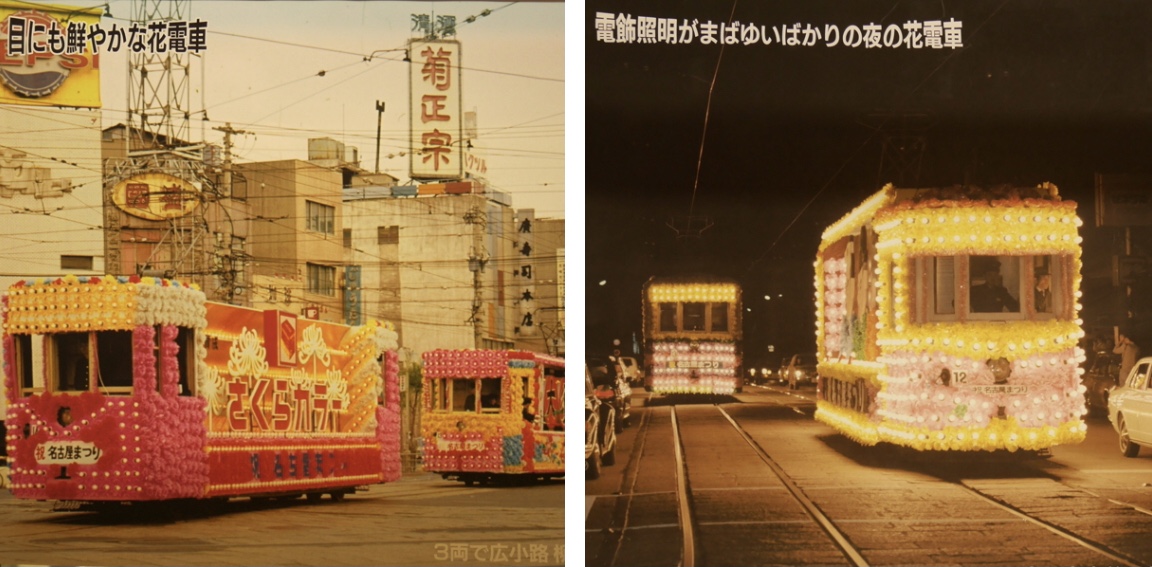
The brightly colored flower trains must have been quite a sight to behold at the time. 2000 type trains were also a big hit at the Nagoya Festival.
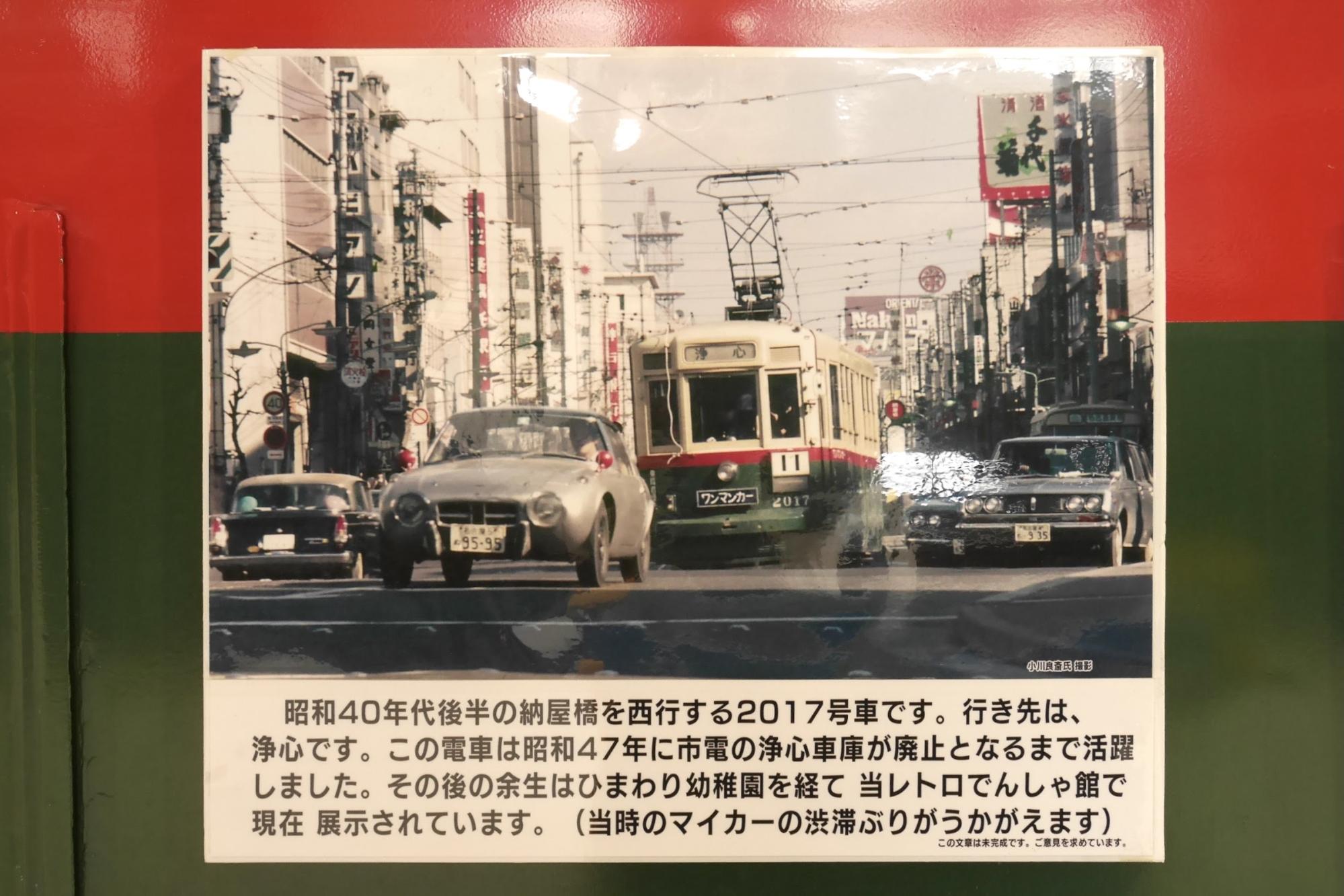
In the latter half of the 40's of the Showa era, it is surprising that a streetcar was running in such a traffic jam with private cars.
"Subway 100 type" runs brightly underground
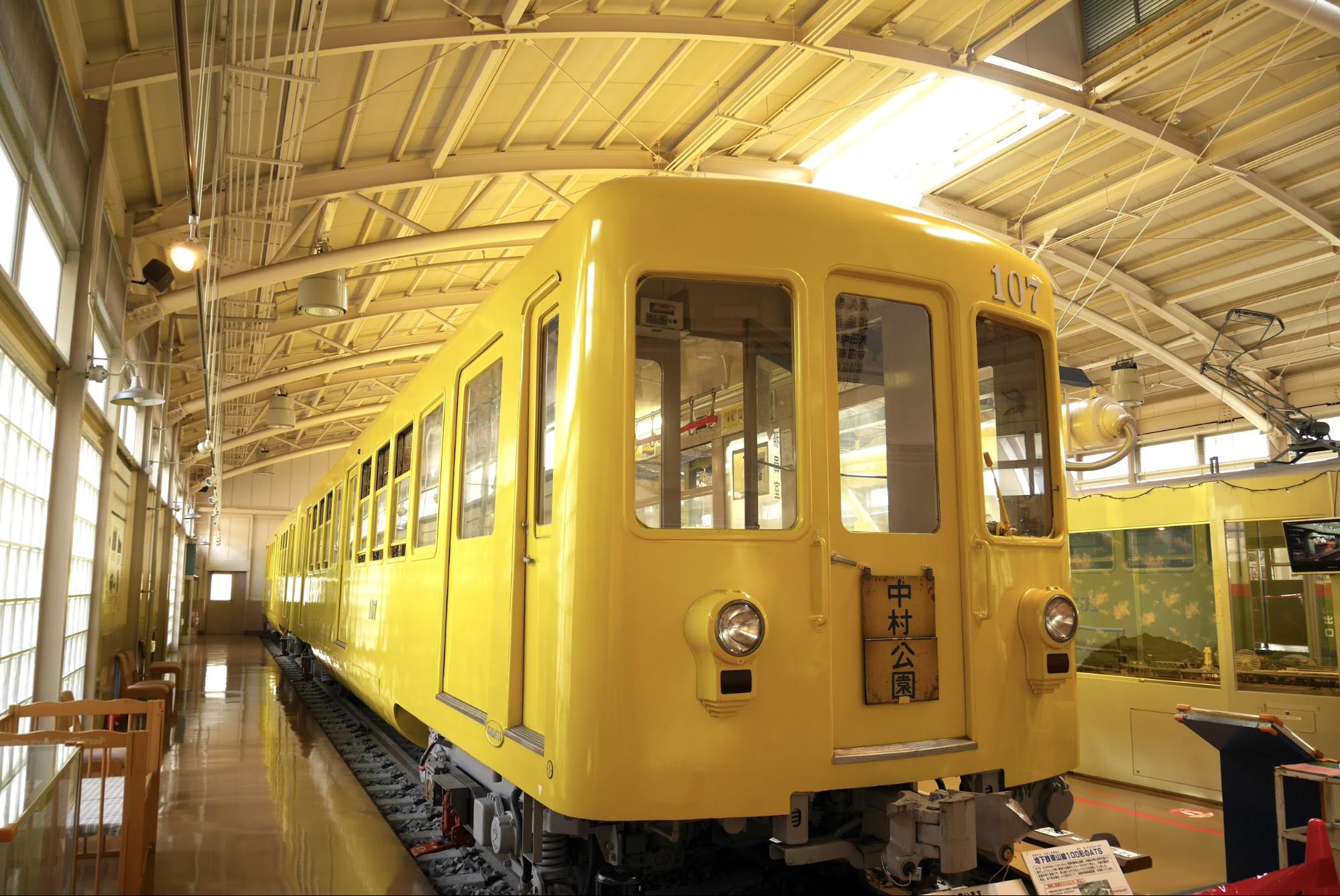
When Nagoya Municipal Subway opened in 1957, it ran between Nagoya and Sakaemachi (at that time). The color of the body was selected by painter Kenkichi Sugimoto to run brightly through the dark basement with a rapeseed color.
Based on the basic policy of being safe, speedy, and quiet, this 100 model was manufactured as the first train for Nagoya Municipal Subway.


Since its opening in 1957, the route has been extended little by little, and the 100 type was active until 1985.
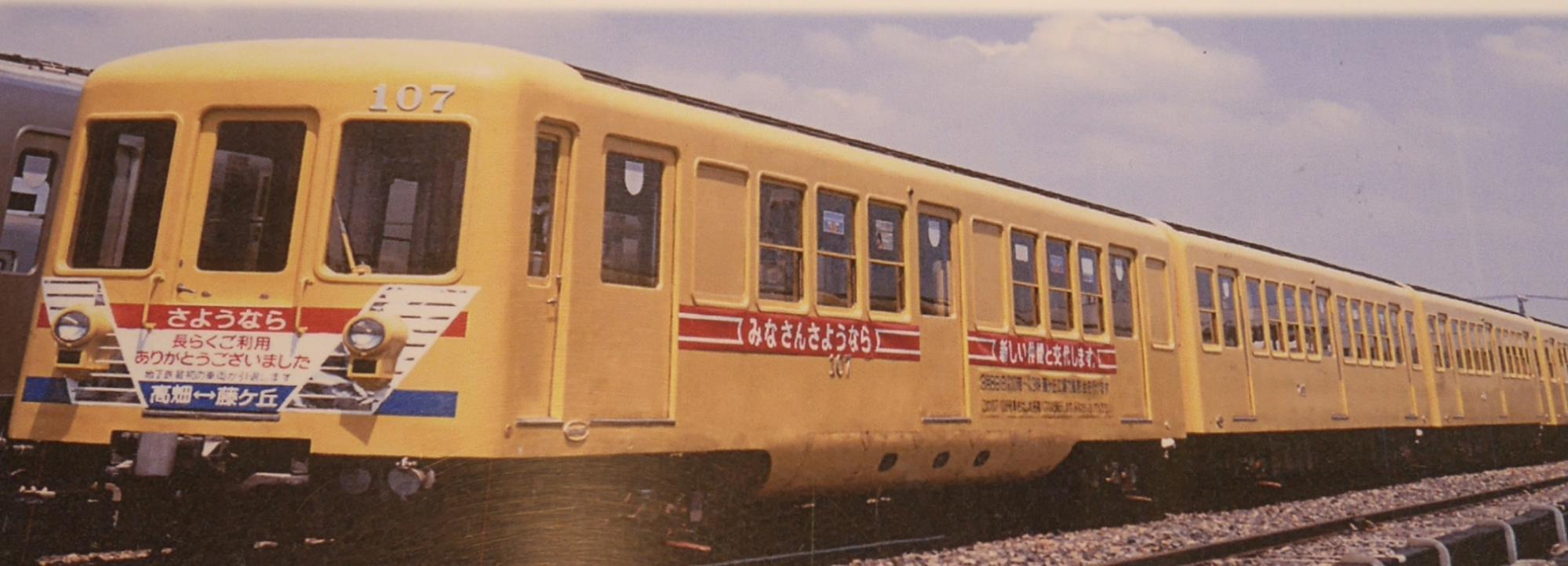
This 107 type car was actually used in the retirement ceremony.
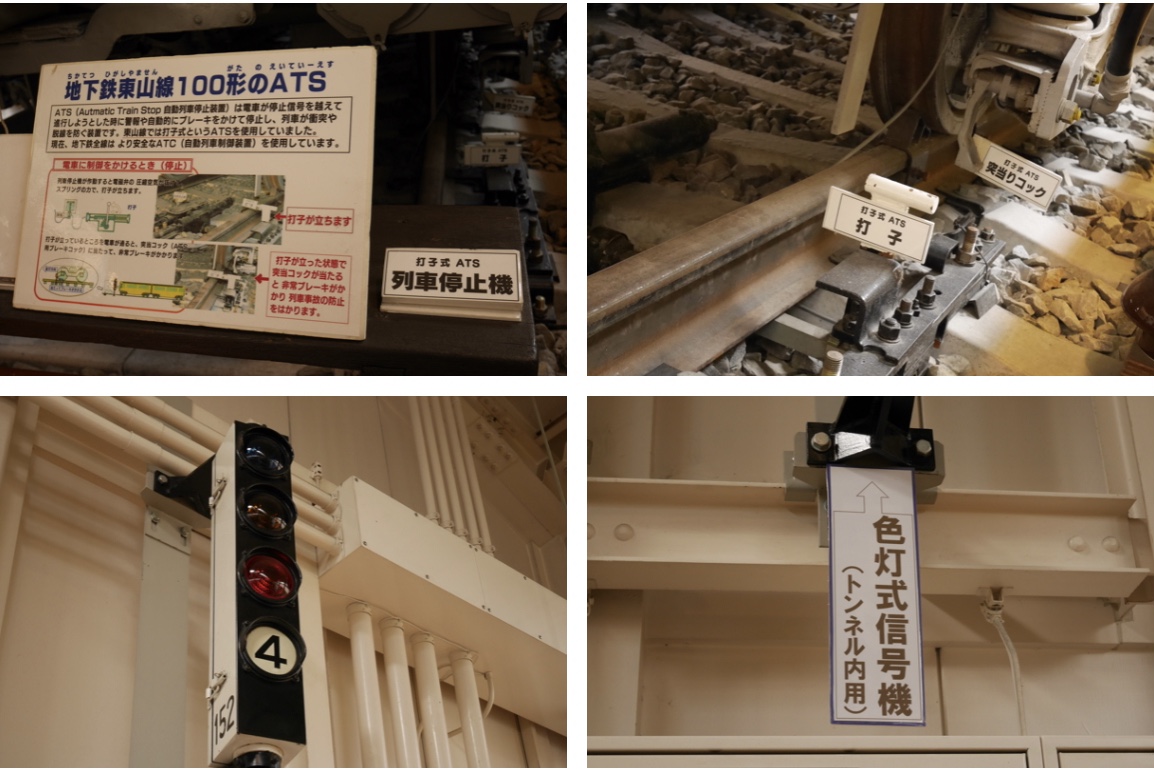
Subway Higashiyama Line 100 type ATS. ATS is an automatic train stop system, but it's easier to understand if you read the explanation while looking at the real thing. Interesting to know how the machine works! The traffic light also changes color.

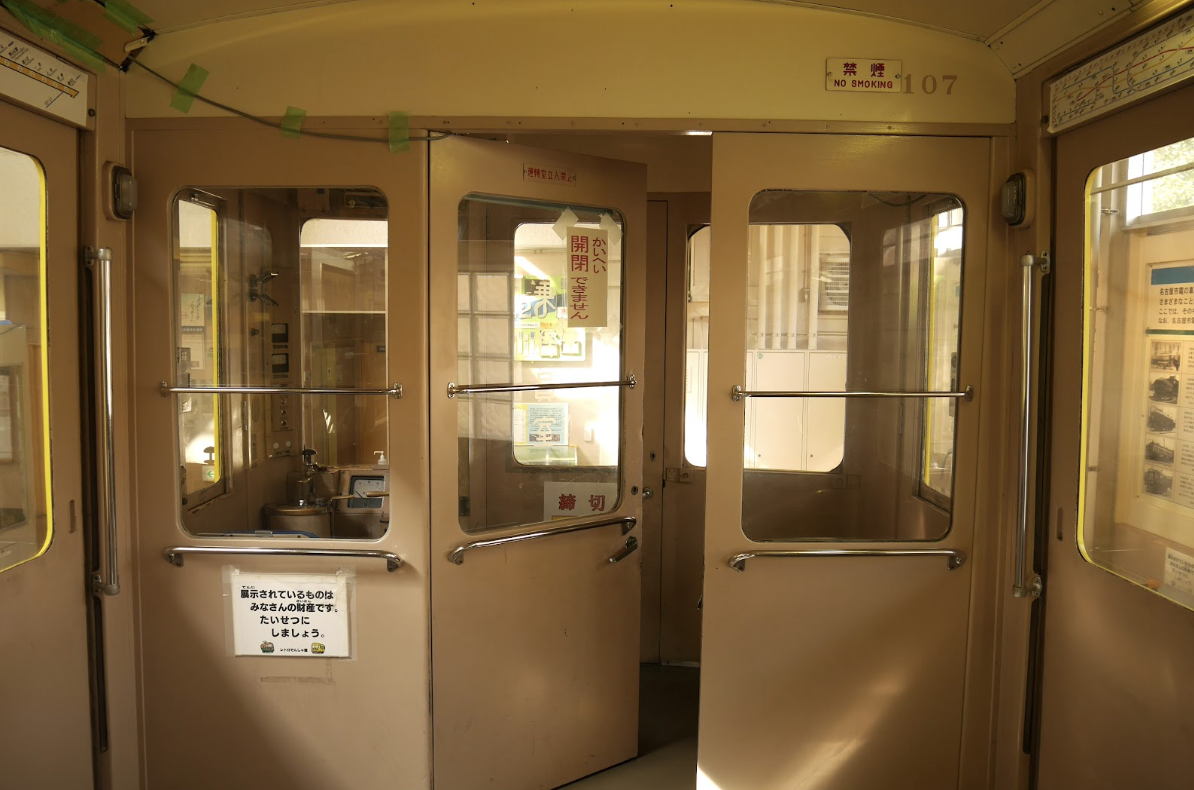
A partition is now installed in the driver's seat.
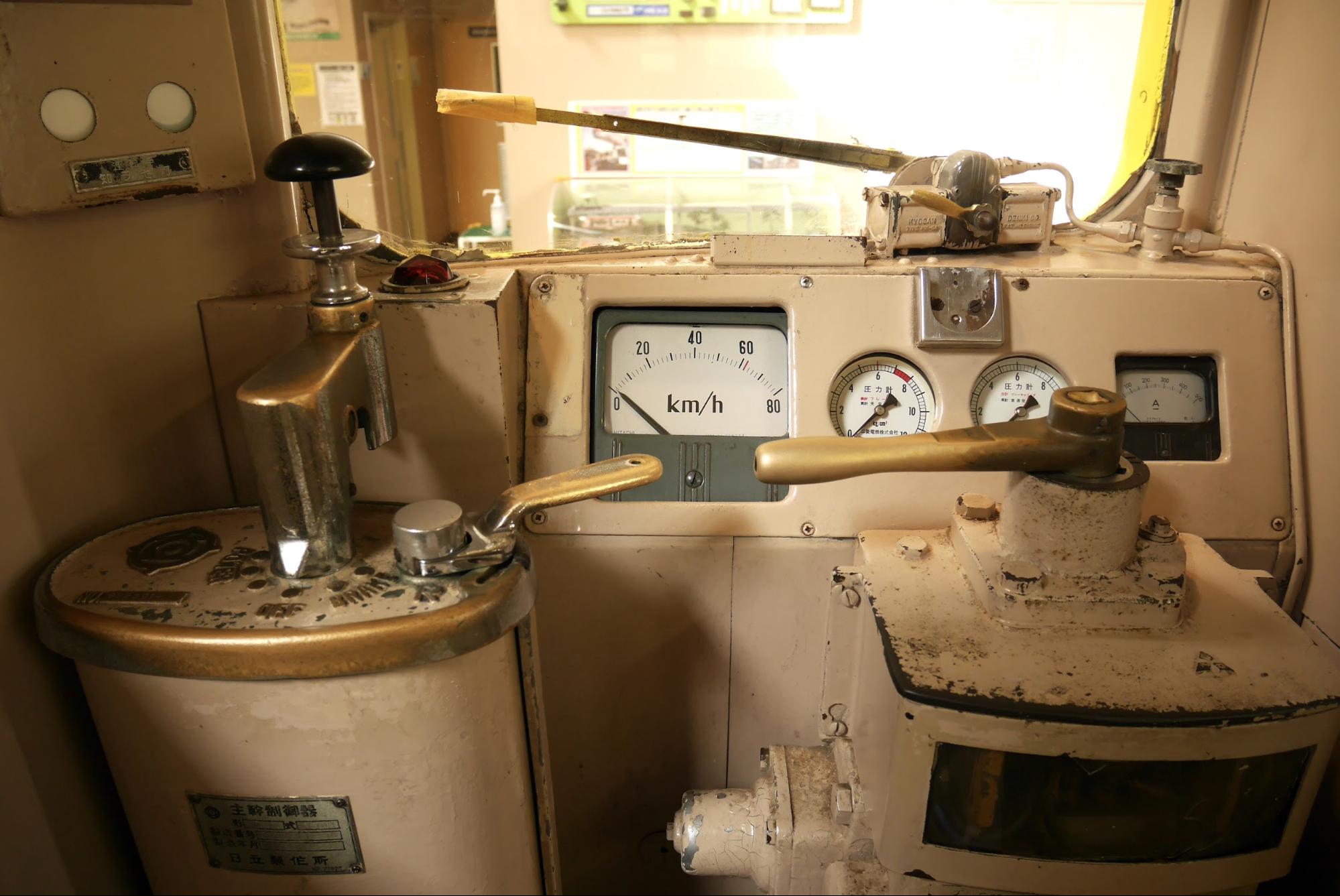

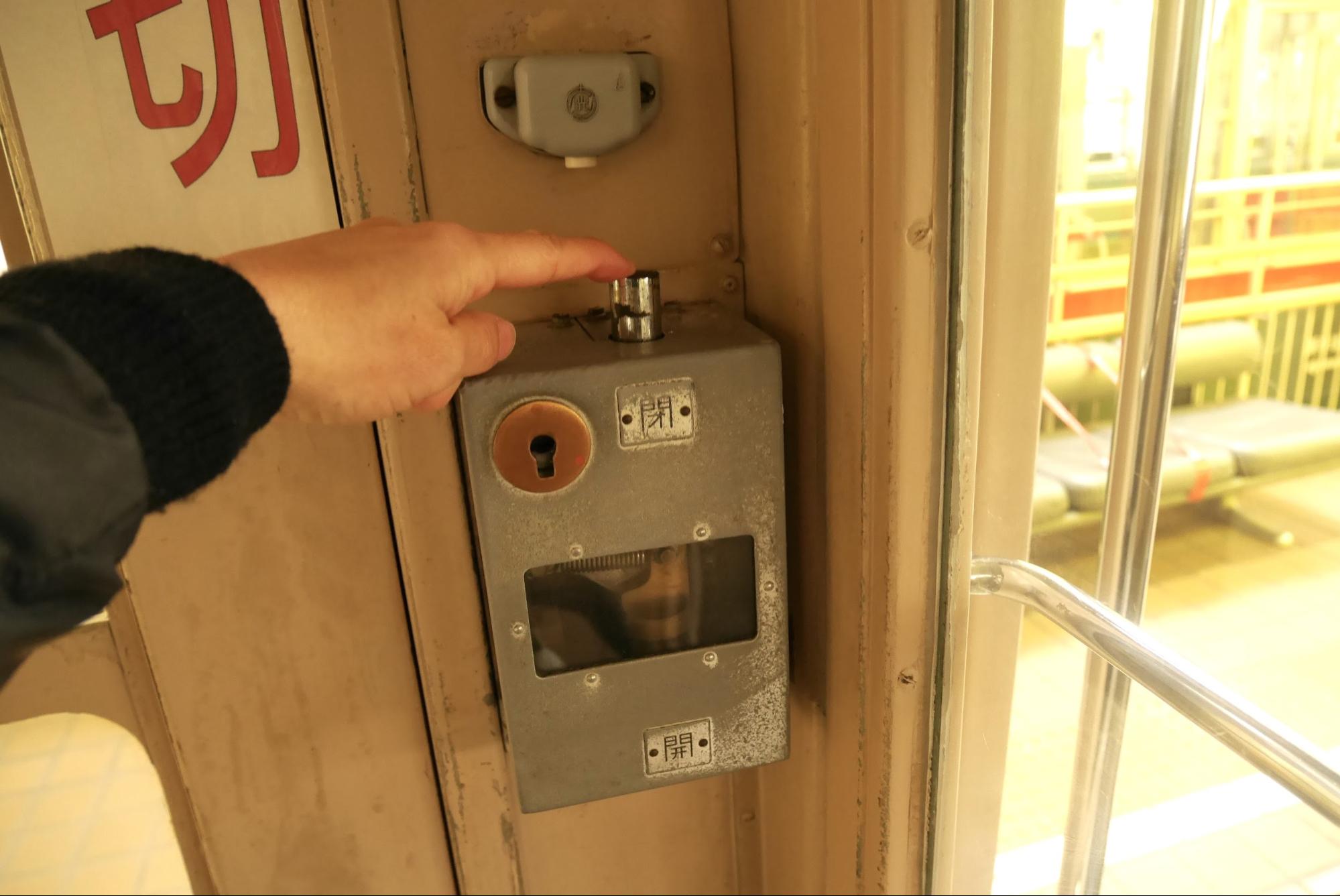
Move the wipers, press the buttons, and feel like a conductor.
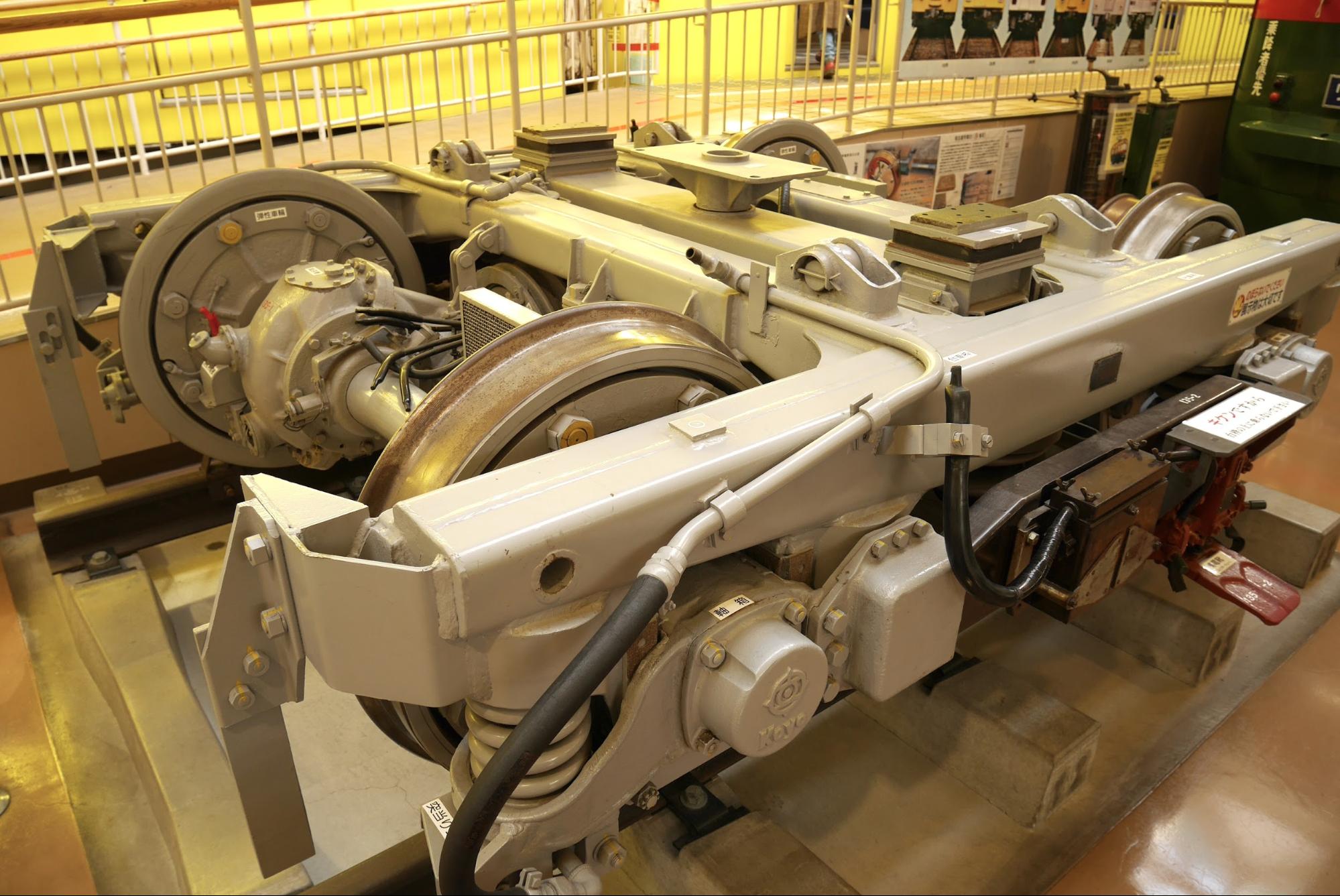
100 type trolley. Wheels, braking devices, motors, etc. are installed, and the vehicle body is placed on top of this and runs.

Adoption of elastic wheels reduces noise and vibration.
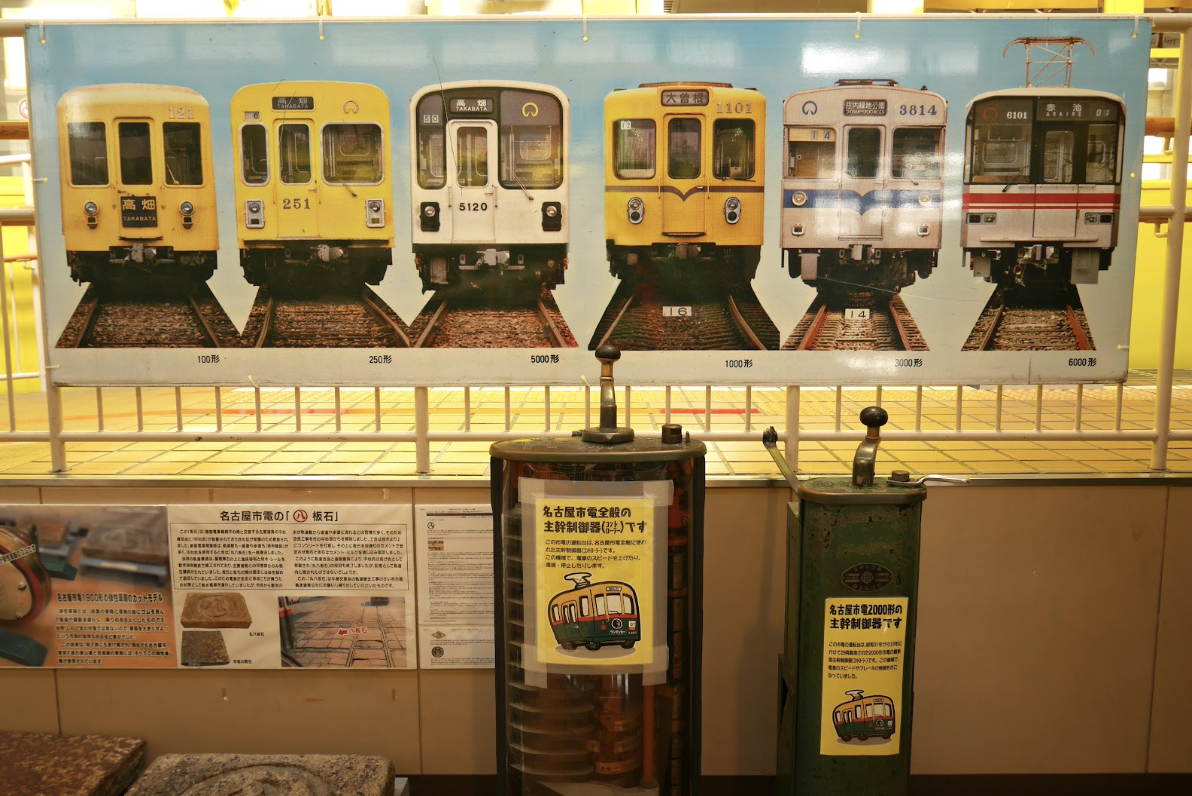
This is the main controller. It speeds up, slows down or stops.
"Railway model diorama" where trains run through the streets of Nagoya
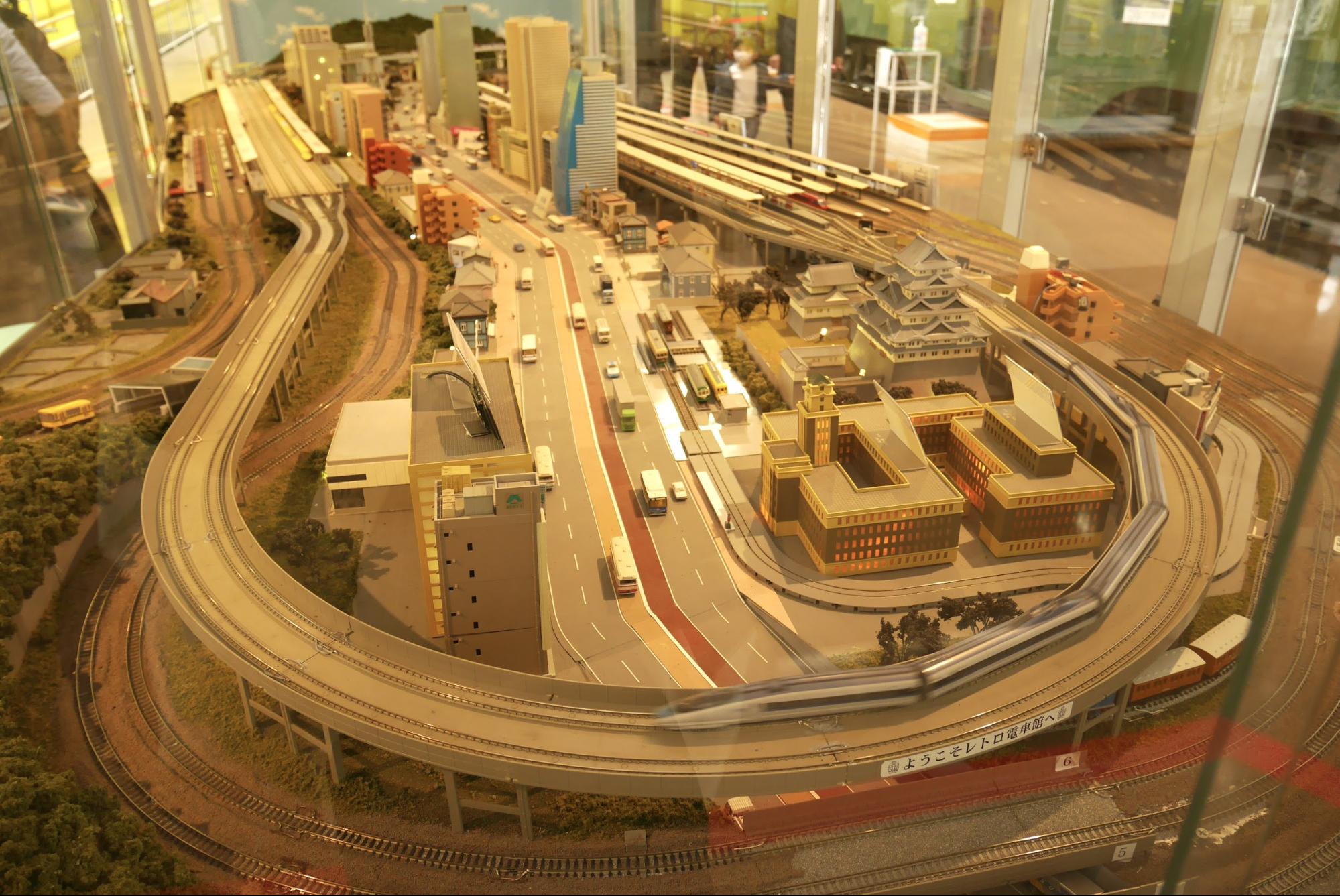
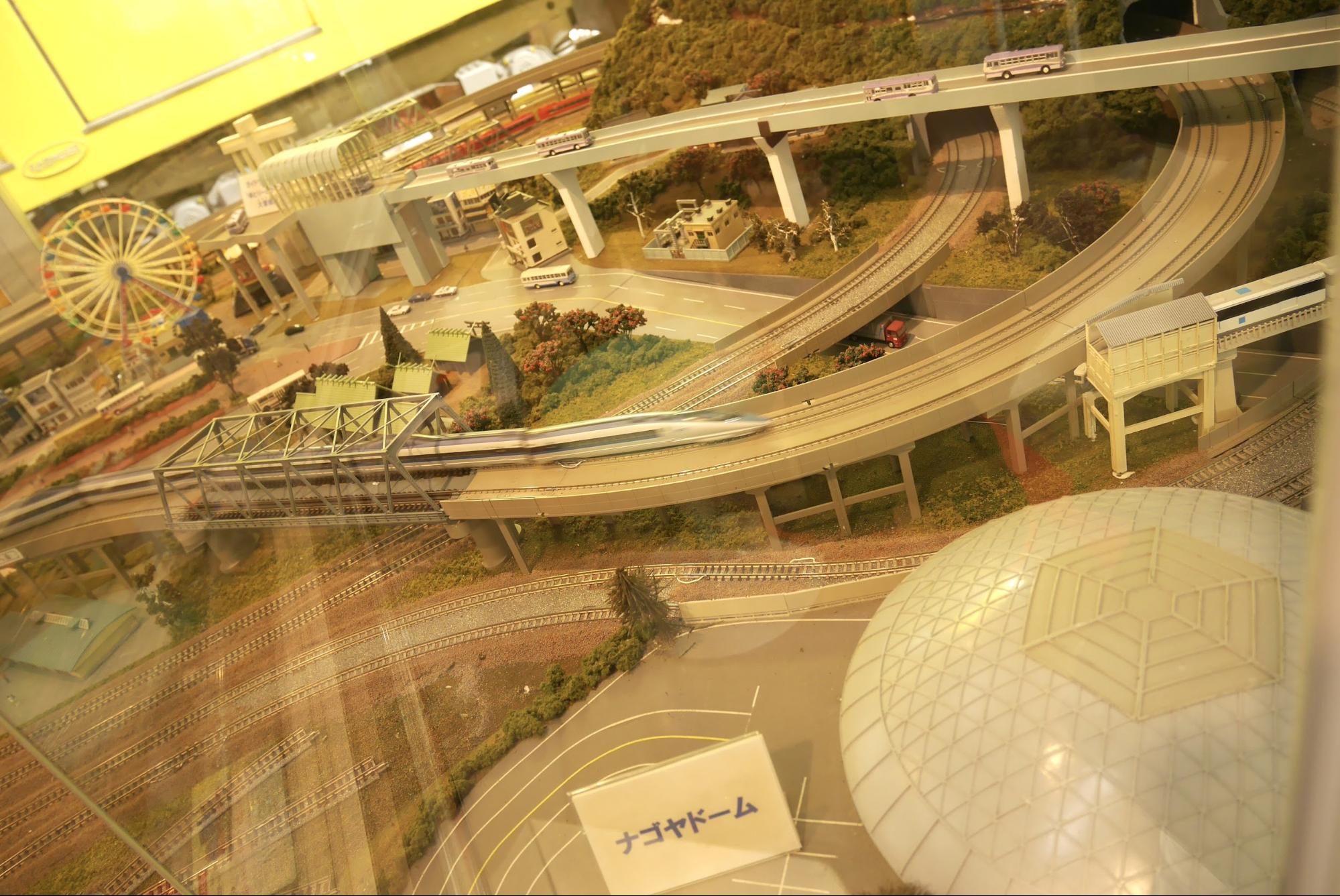
Models of major spots such as Nagoya Castle are arranged, and model trains run through them.
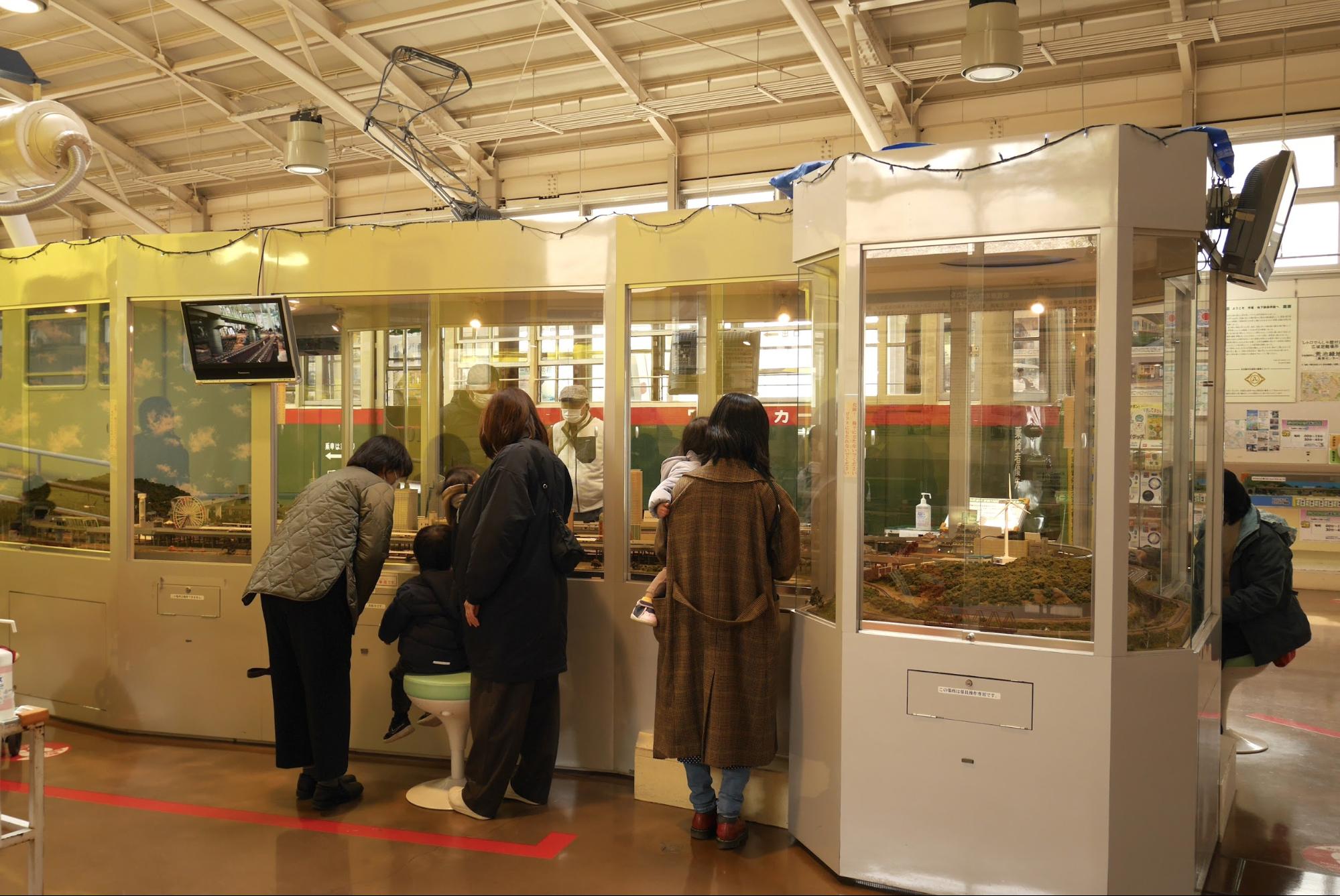
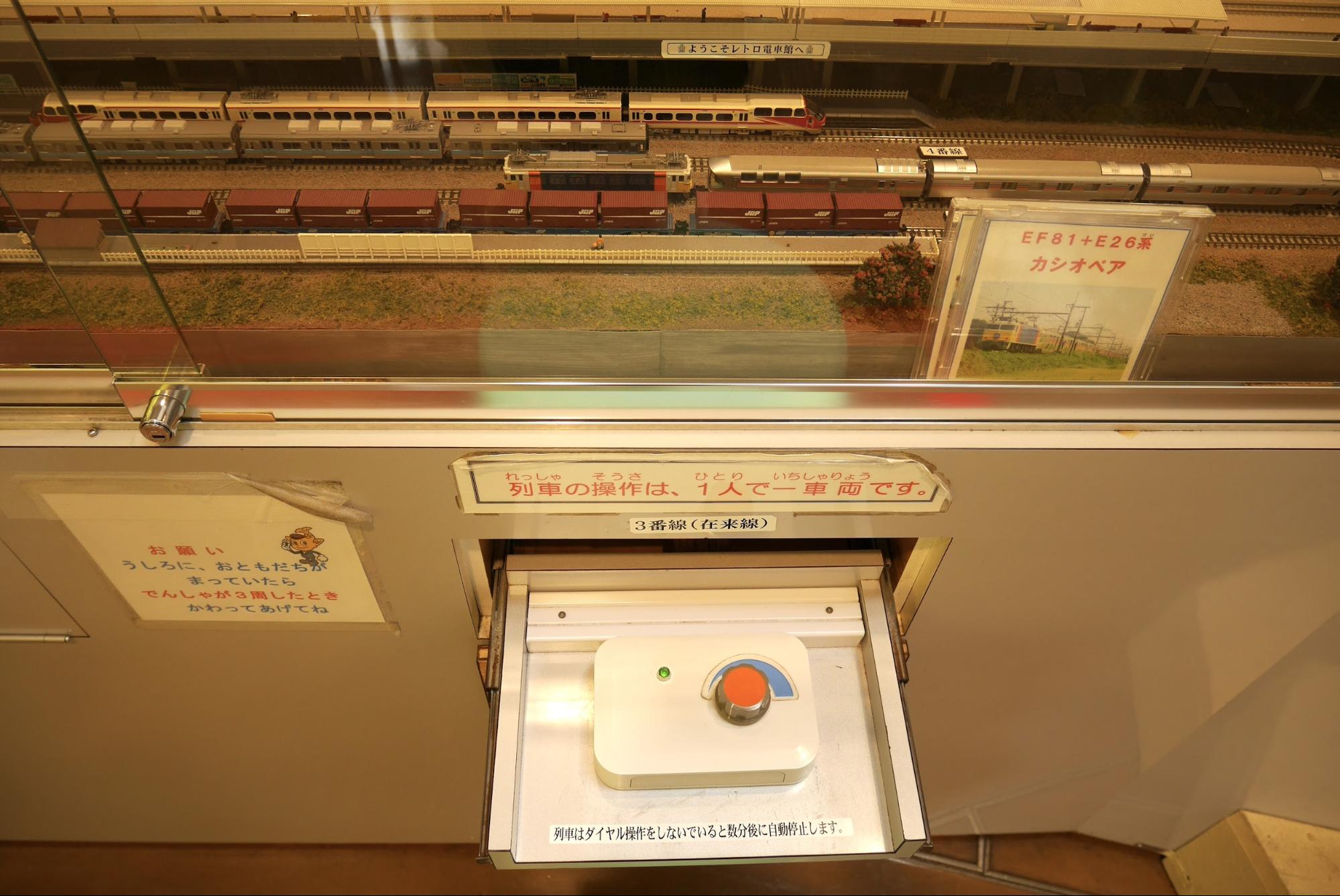
It is attractive to be able to operate and play. This diorama is very popular with children.
"Play Section" where you can enjoy games for free
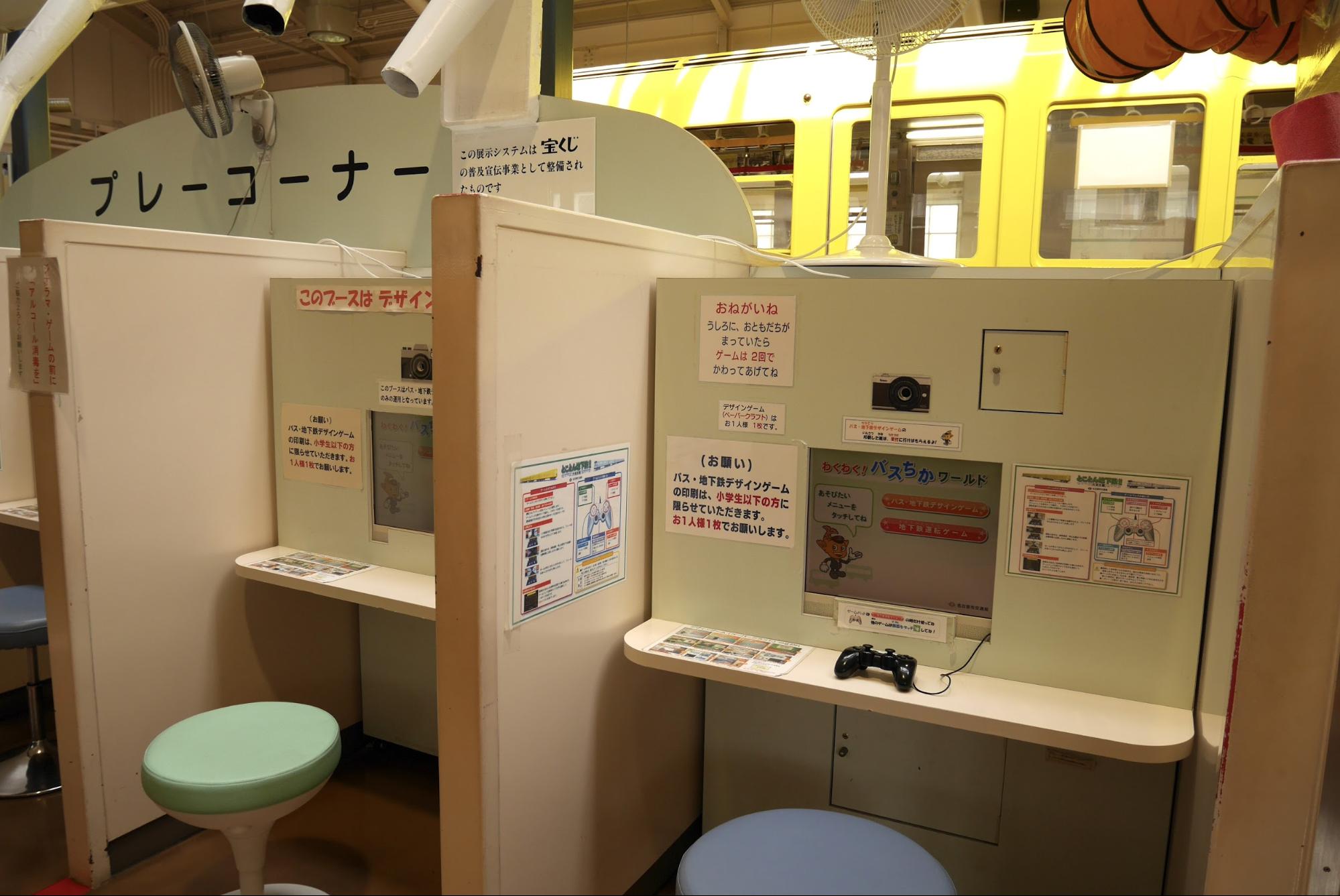
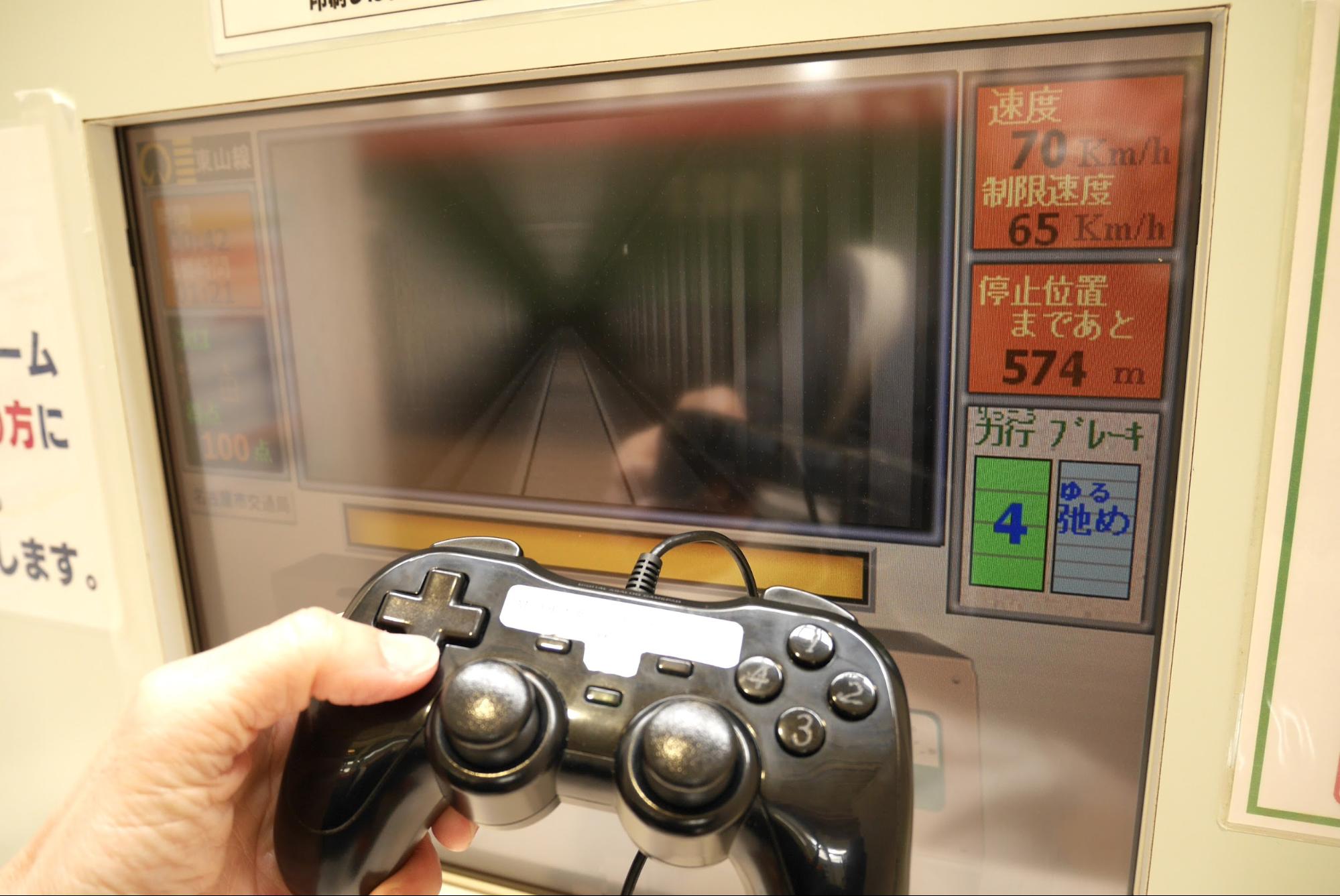
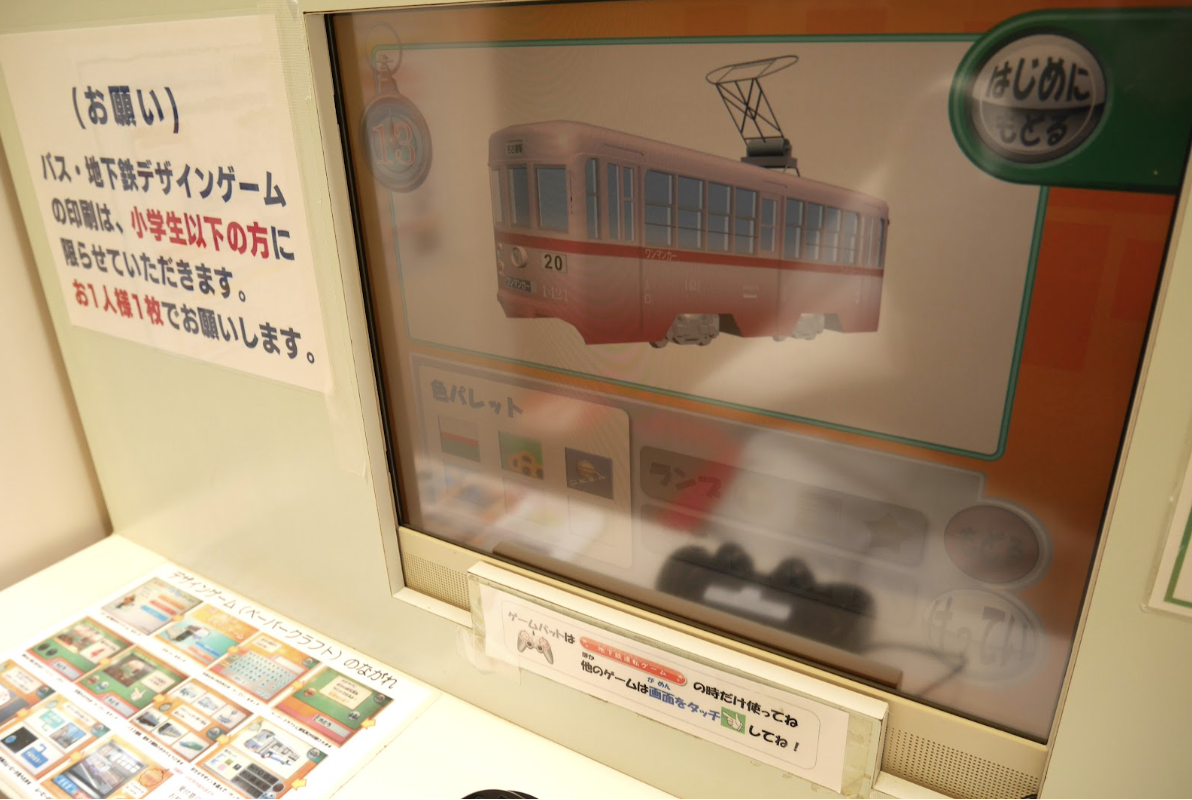
This is a play section where visitors can enjoy both subway driving games and design games where they can make paper crafts. Printing of the design game is limited to elementary school students, but this time the author was given a special opportunity to experience it.
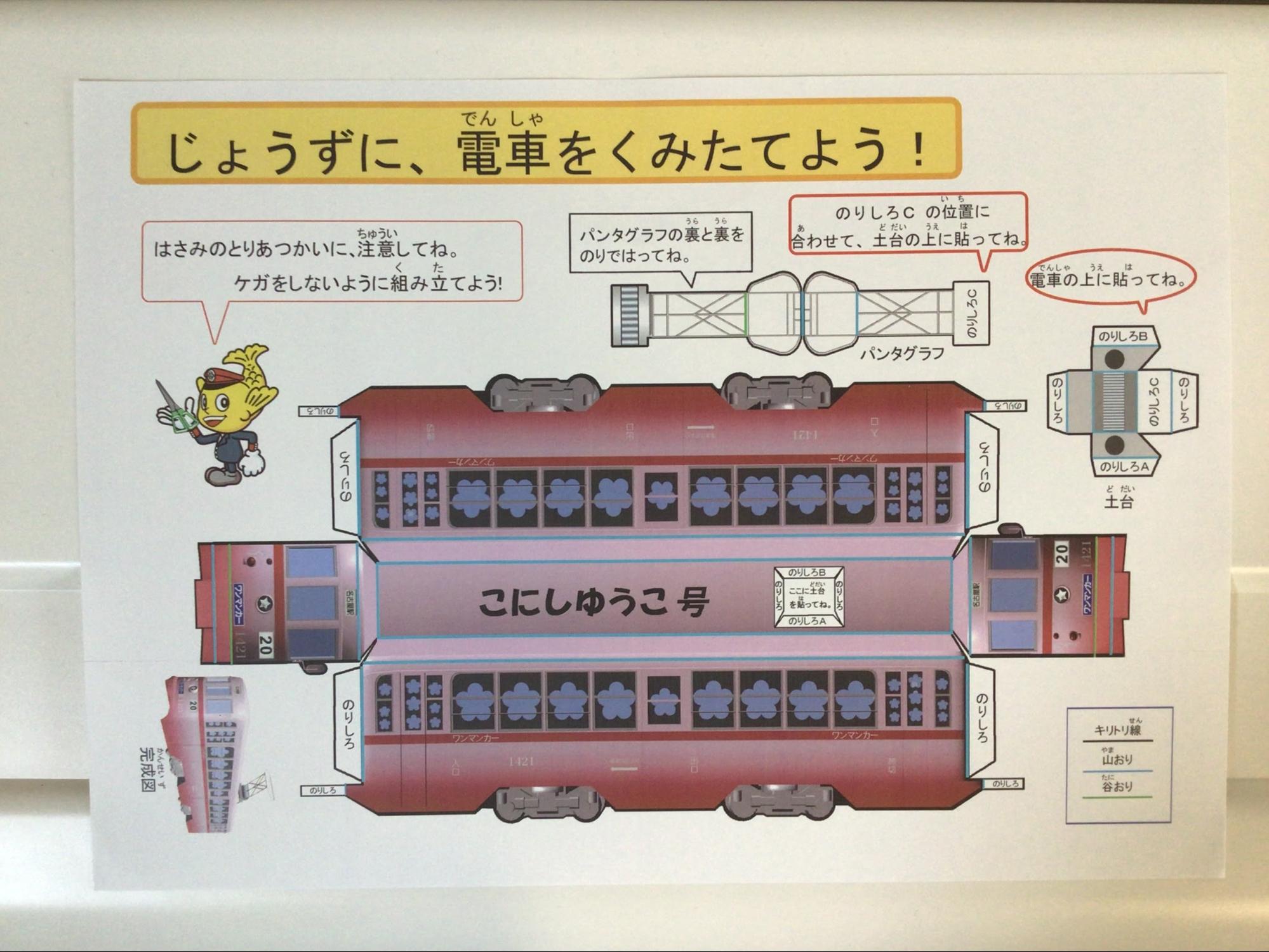
Ta-da! Here is what I designed. Without hesitation, I chose a spring-like pink body with flower windows. There were many other options.
Let's enjoy Retro Denshakan more!
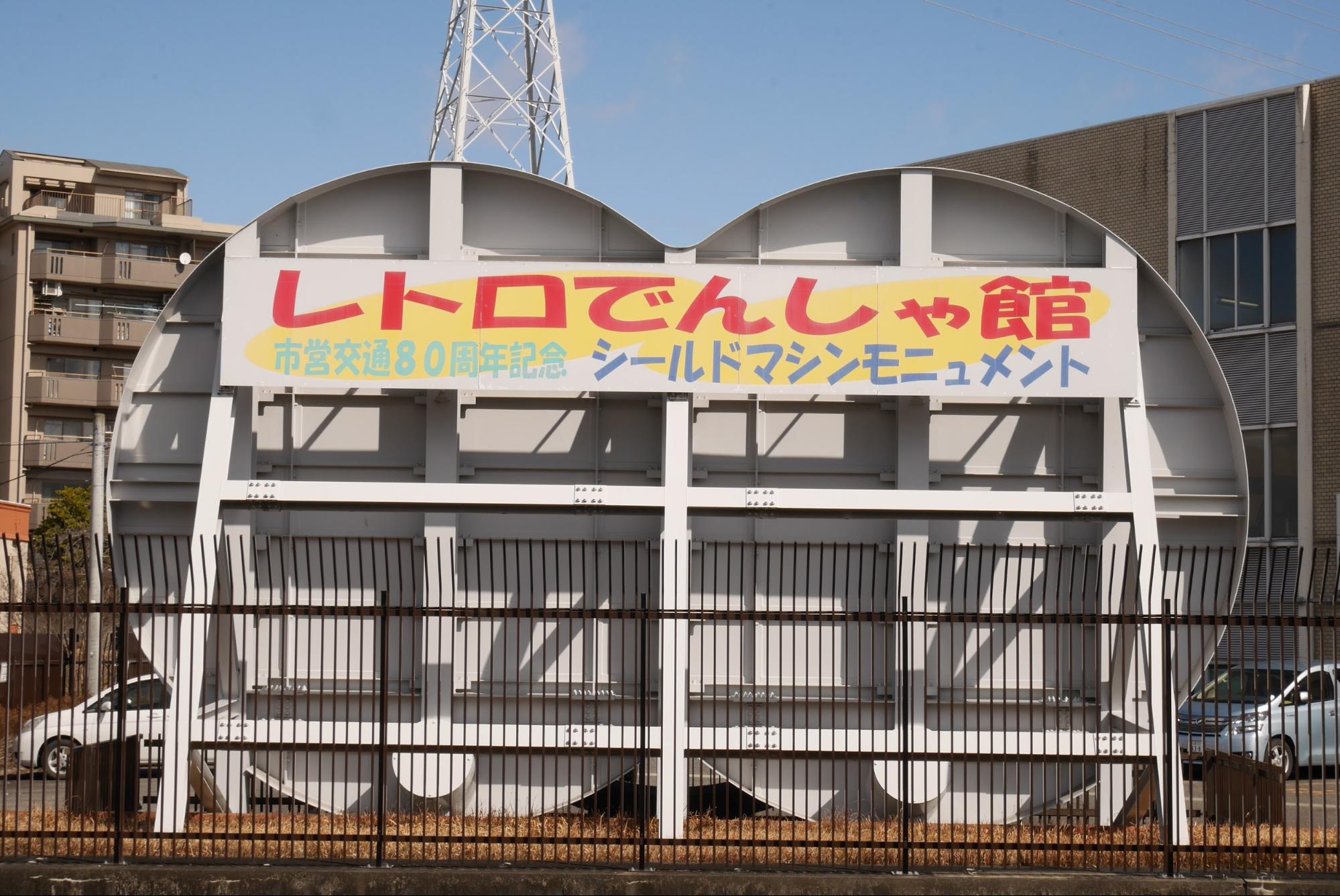
You can see a big monument from Route 153. Do you know what it is?

Here is the back side. This monument is part of a shield machine used to dig subway tunnels.
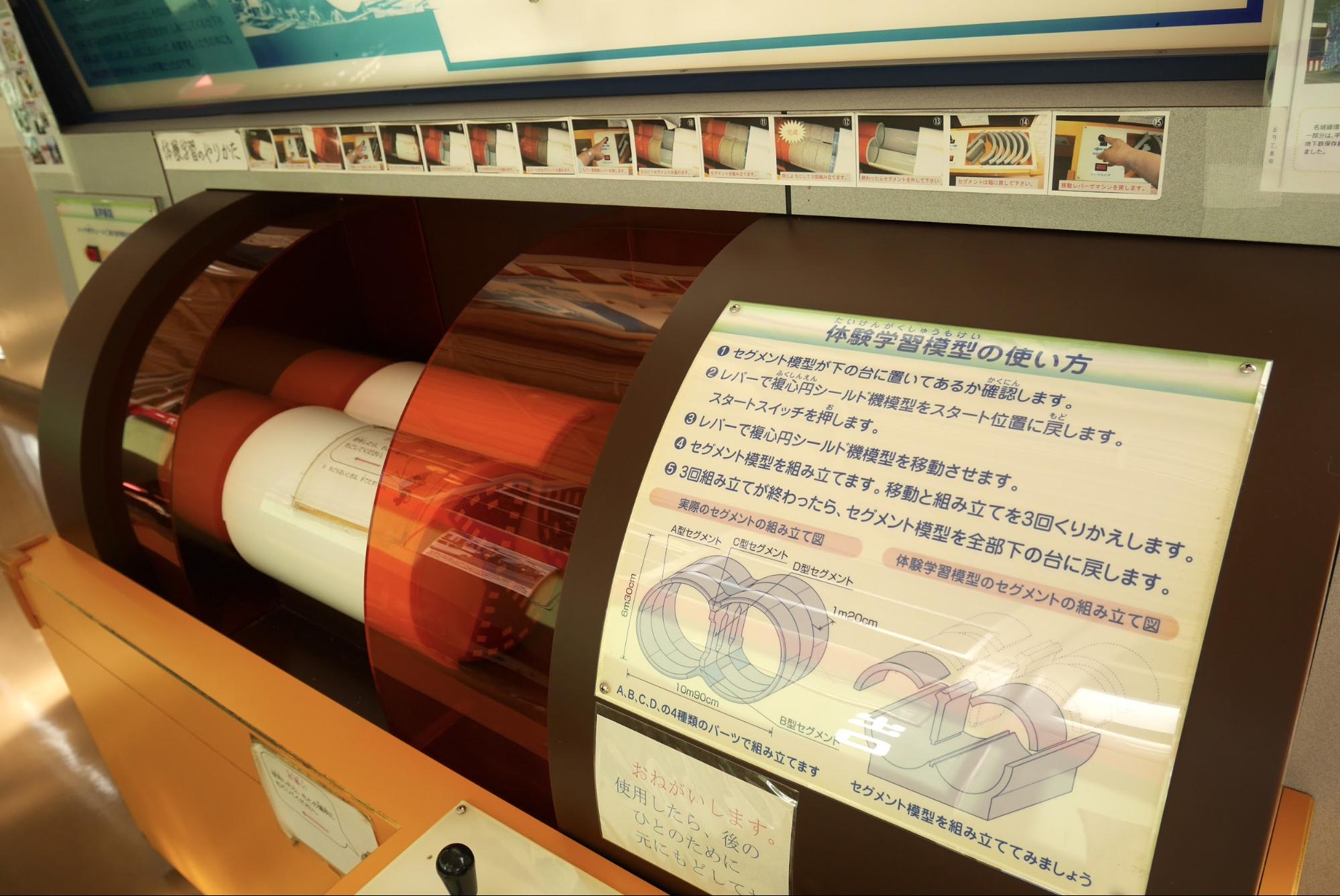
Please experience how tunnel construction works with the shield construction experience learning model in the museum. It was fun to stack them up like blocks.
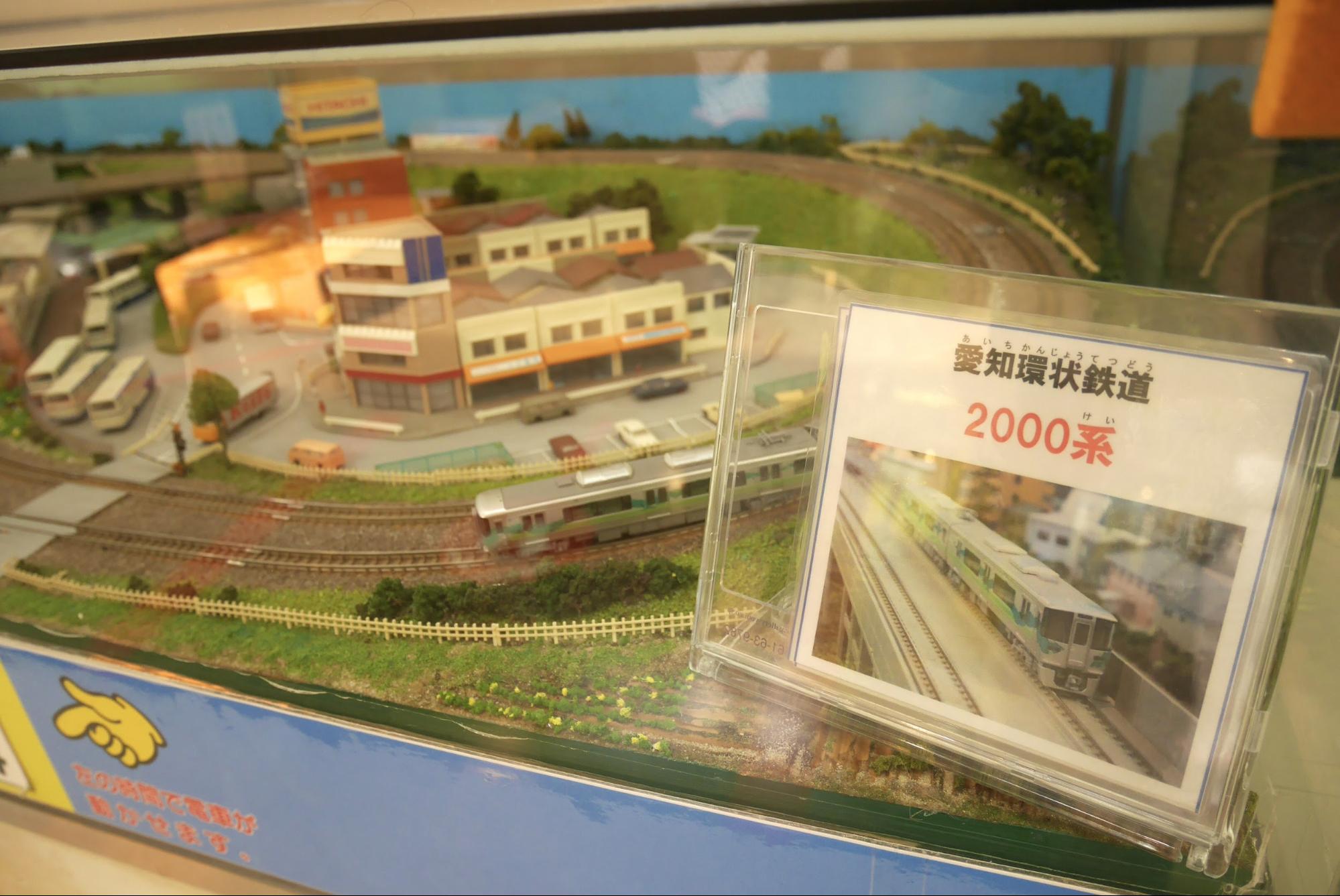
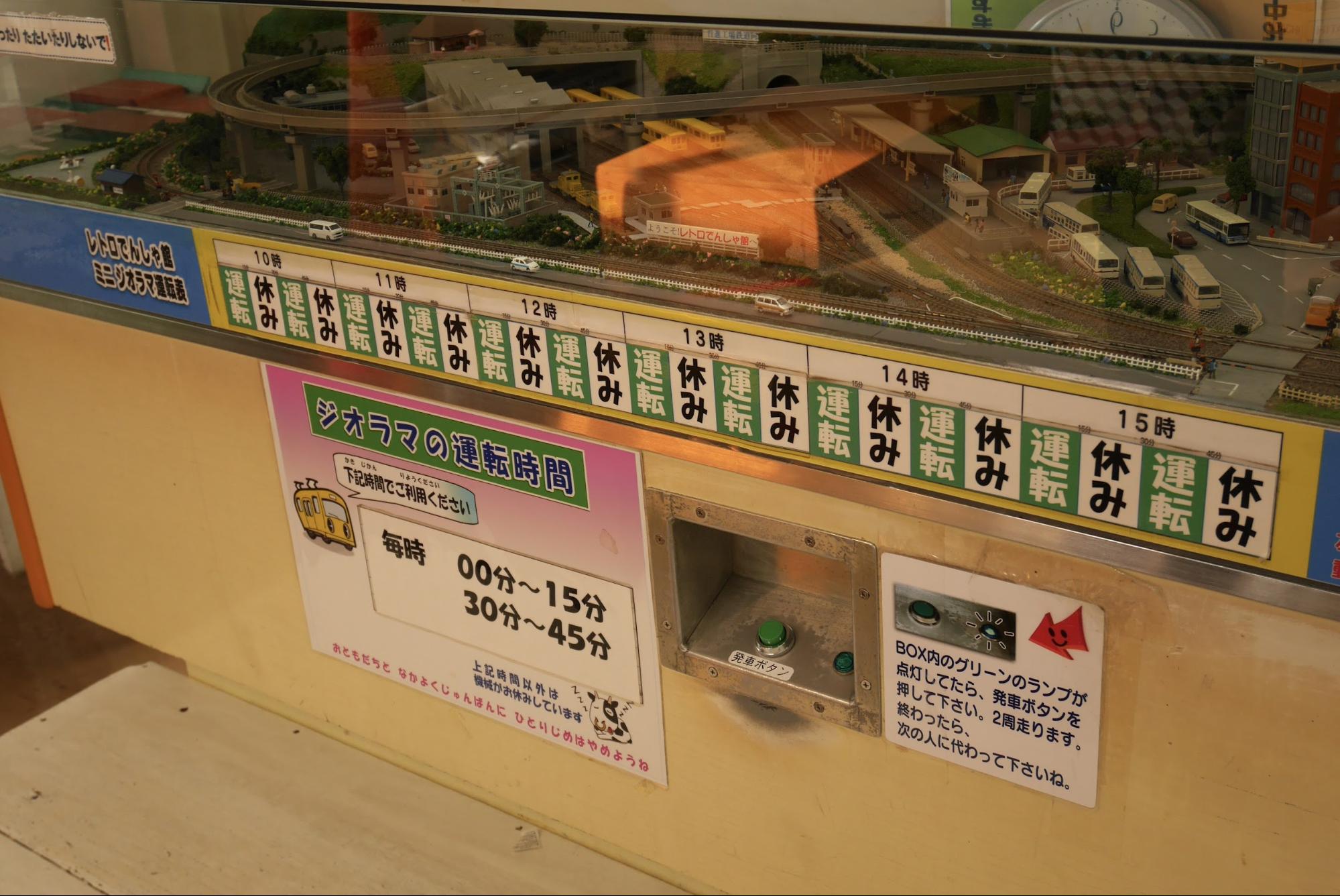
It is recommended to visit the mini diorama during driving hours.
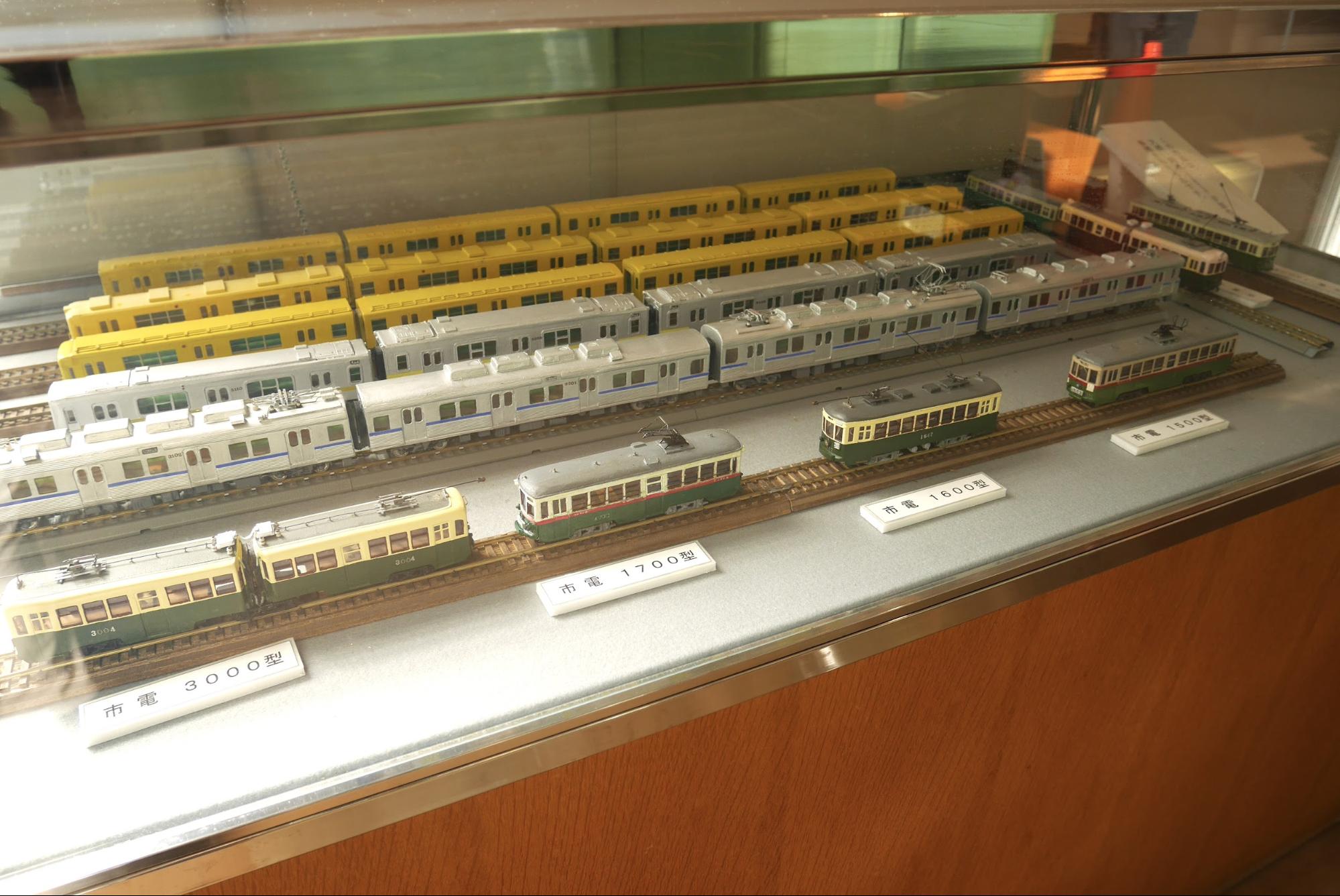
Handmade model donated by the creator.

Capsule toy goods that can only be purchased here. 200 yen once. Look forward to what comes out!
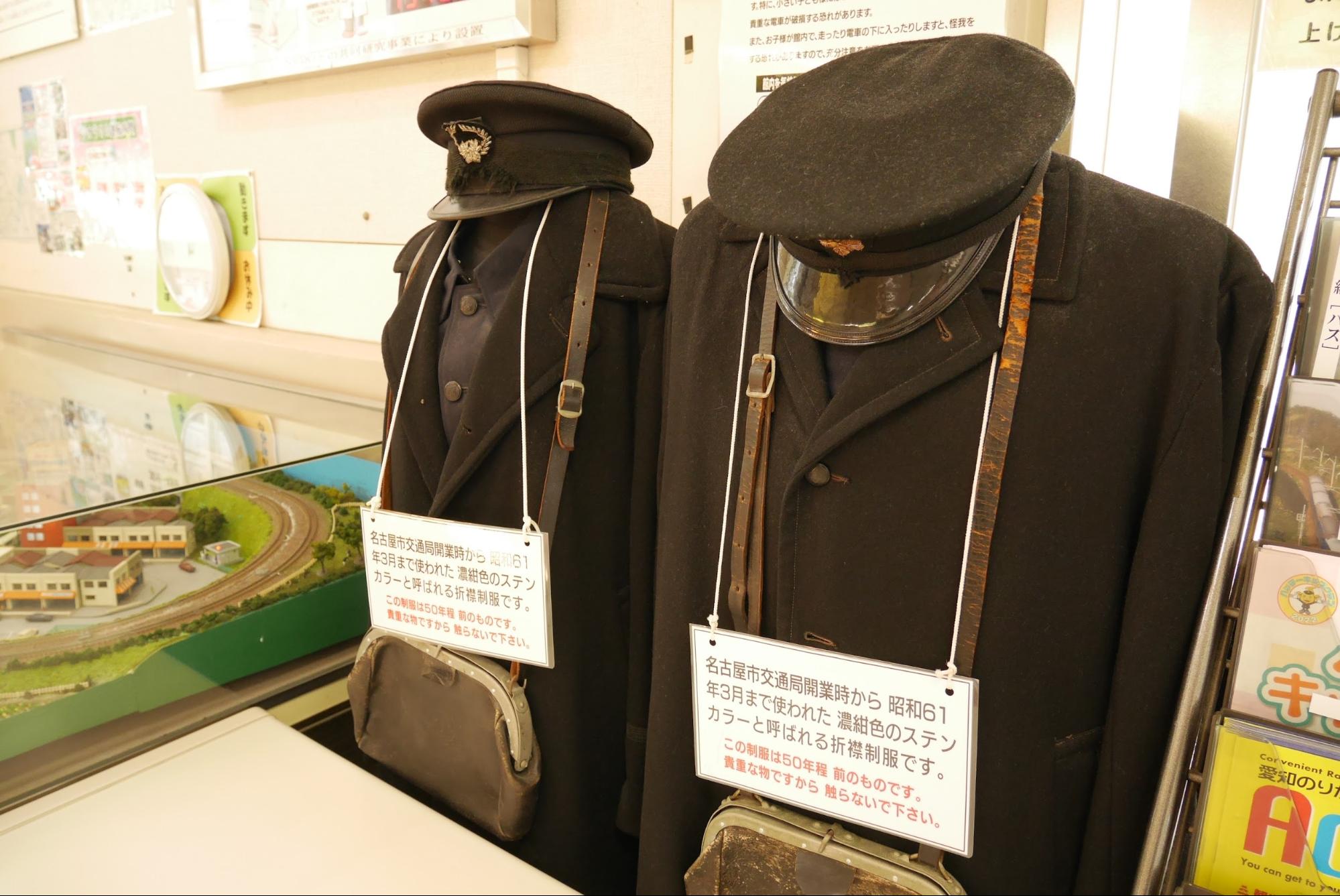
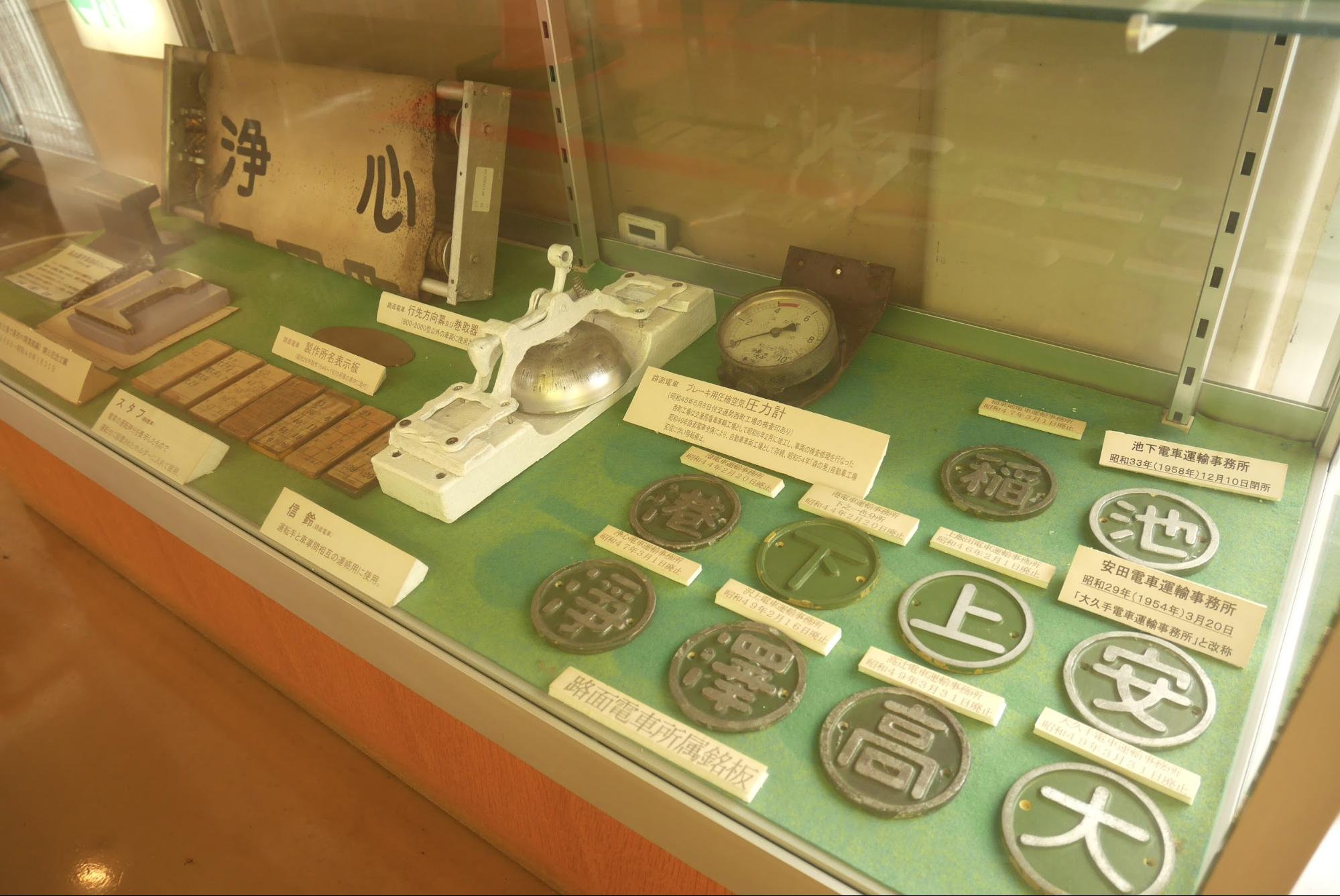
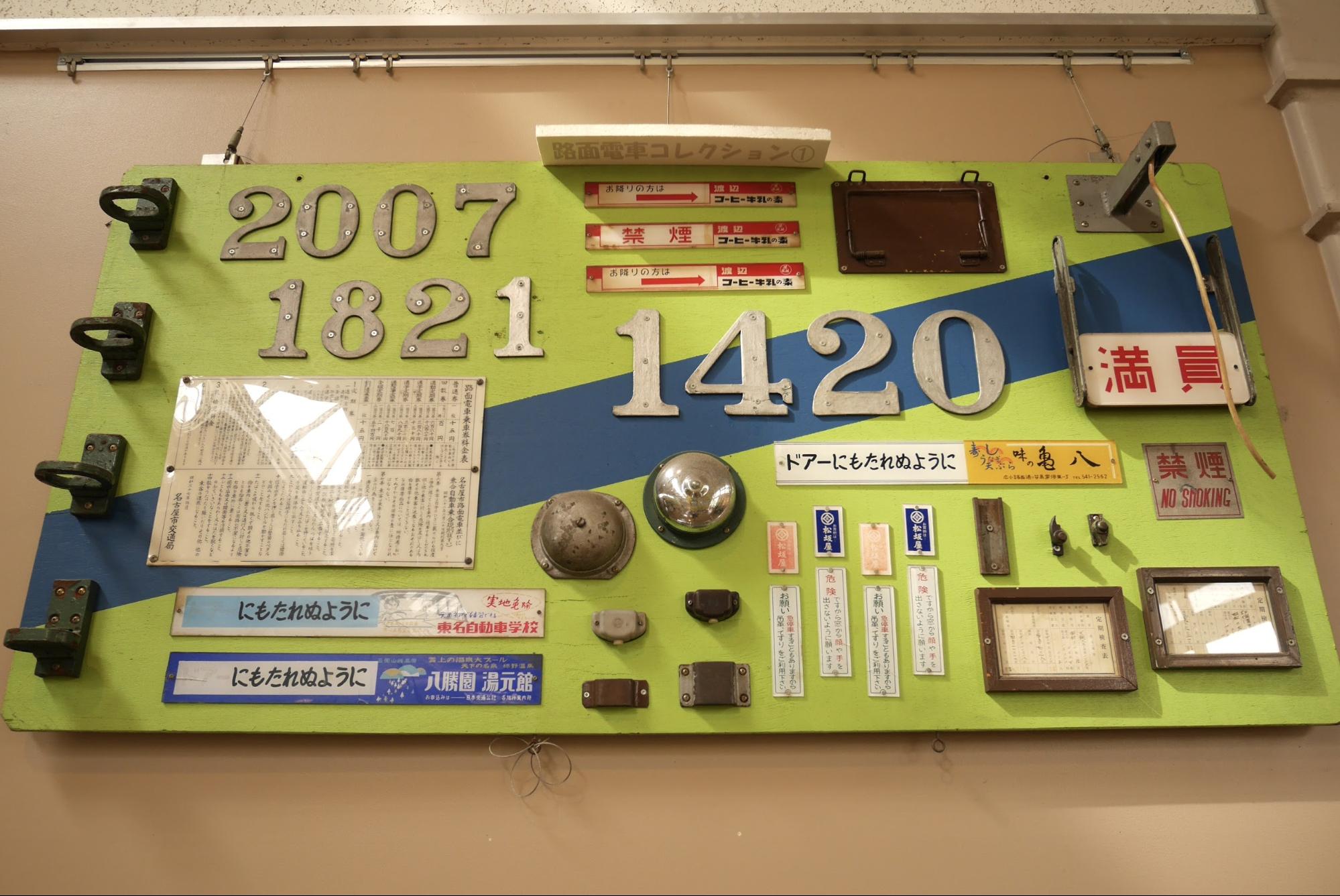
Retro items are popular with railway fans and generations who miss the old days.
In this interview, we spoke to Mr. Murai, a staff member Retro Denshakan who once worked as a mechanic. During the interview, Mr. Murai was approached by railway fans and customers of the nostalgic generation.
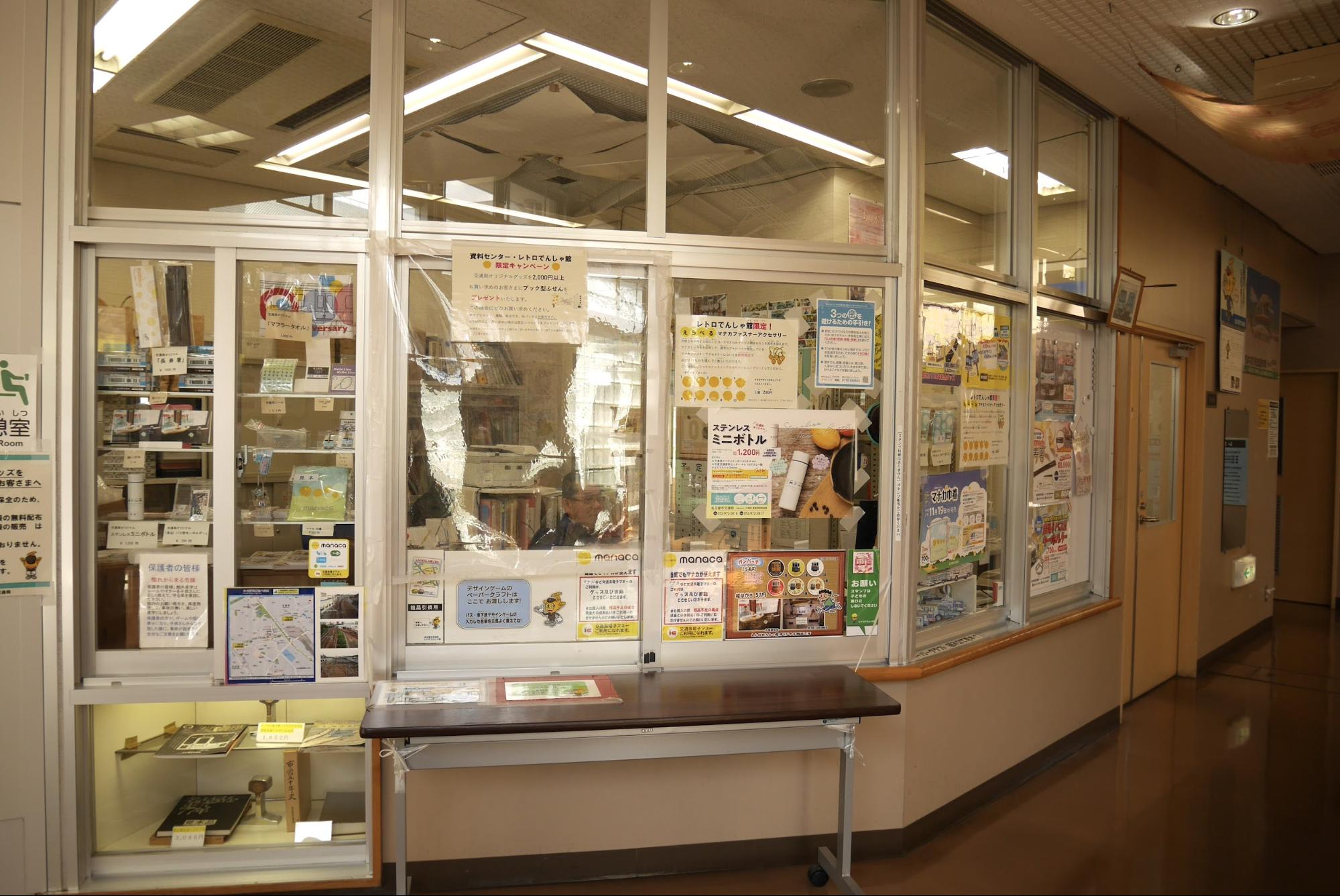
He said that if you have any concerns, please feel free to speak to the staff in the office (although it depends on the situation as to whether they can help you or not). I am sure that the visit will be even more fulfilling.
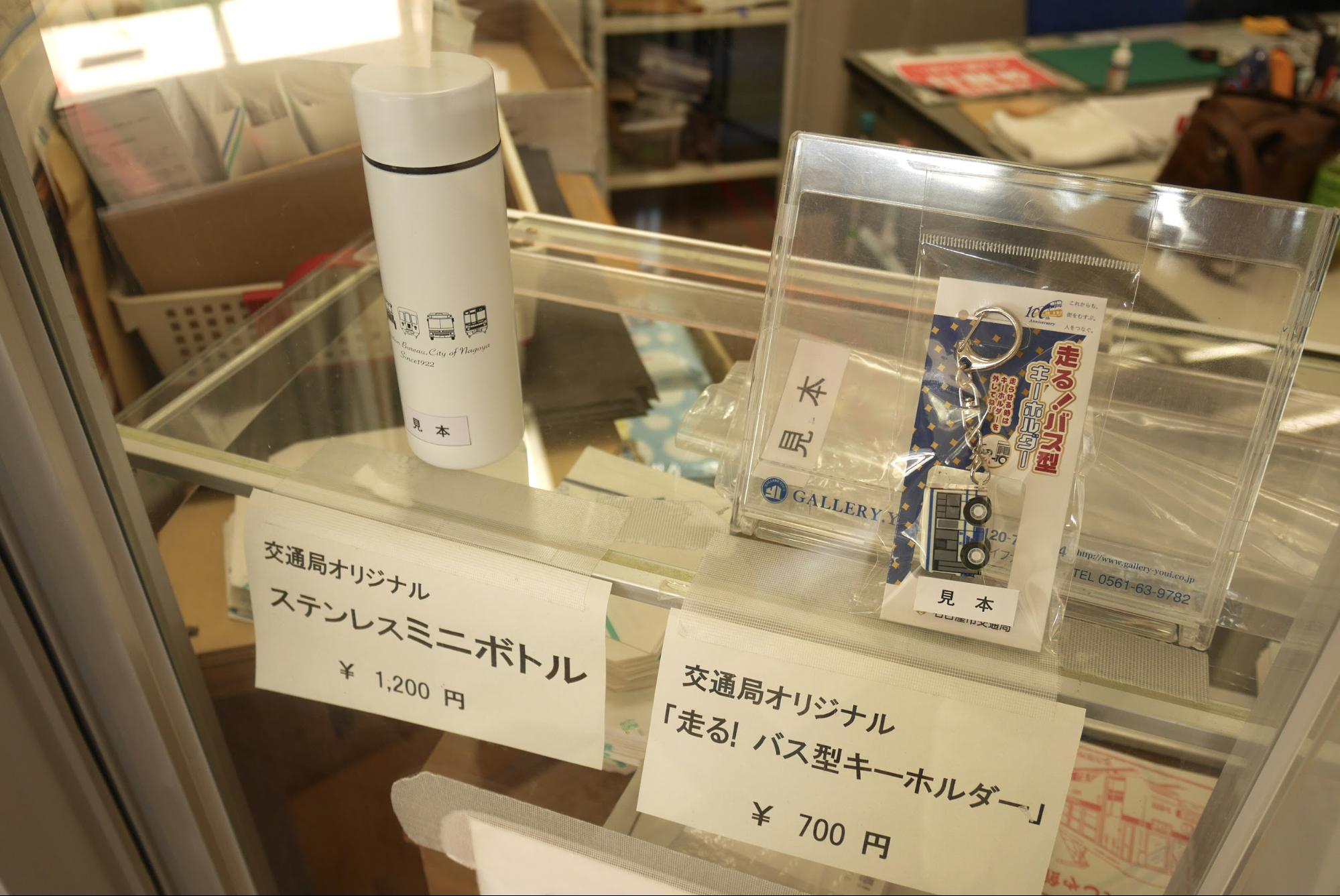
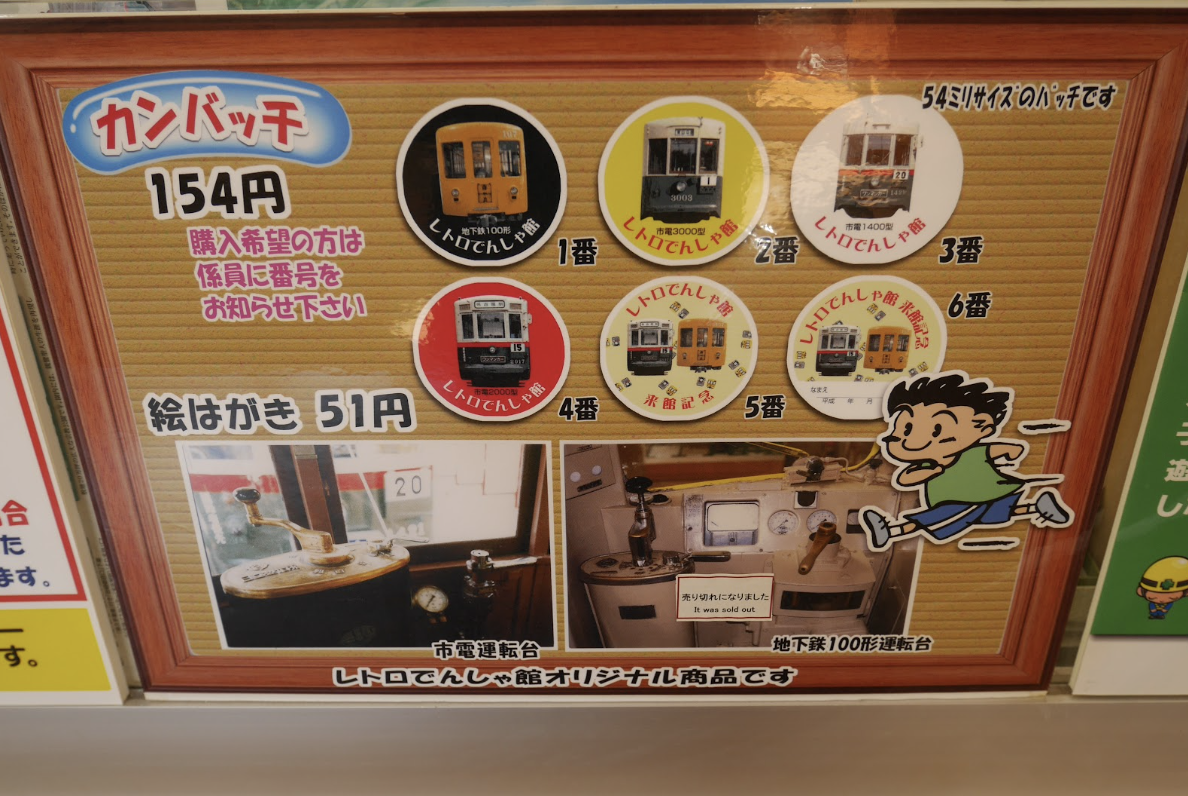
The number of goods is limited, so please understand if they are sold out.
The office also sells exclusive goods, so be sure to check them out before you leave.
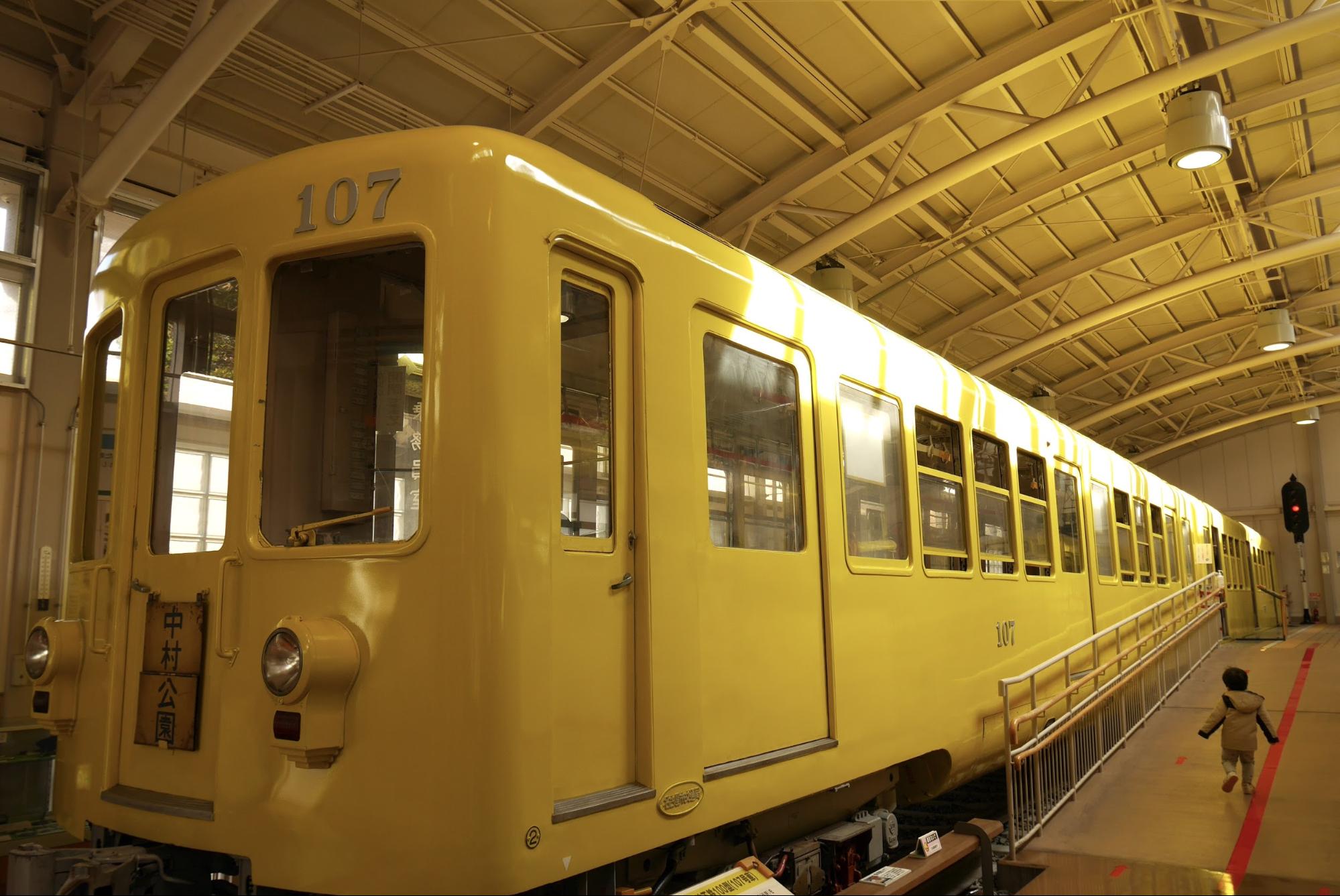
It is a valuable experience to be able to actually enter, see, and touch the historic train exhibition, which is packed with the technology of the time. Retro Denshakan is a place where everyone from children to adults can enjoy their time, regardless of the weather. Why not visit us on your next outing?
![[Nisshin city] Go See the Nostalgic Train at "Retro Denshakan" Admission is Free!| Nisshin City Outing Spots > Tourist Spots | Life Designs | Traveling and Living in Nagoya, Aichi, Gifu and Mie](https://life-designs.jp/wp/wp-content/themes/wp-templ/assets/img/common/logo.svg)

![[Tokai Area] Outing Spots for Family](https://life-designs.jp/wp/wp-content/uploads/2019/06/w1920x1088_family-1-1024x580.jpg)
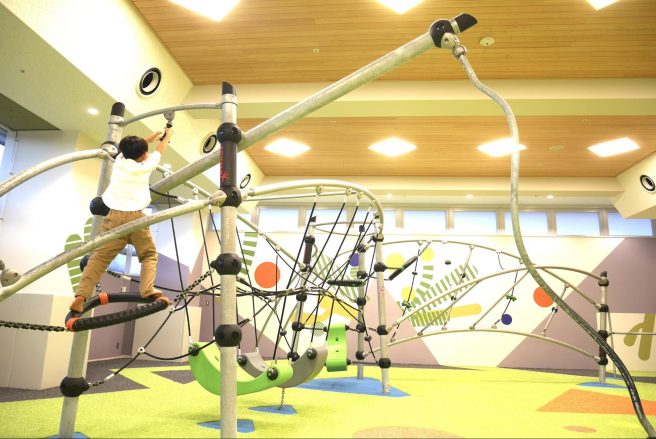
![[Aichi, Mie] Top 10 Fishing Ponds in the Tokai Area](https://life-designs.jp/wp/wp-content/uploads/2021/04/image11-14-700x467.jpg)
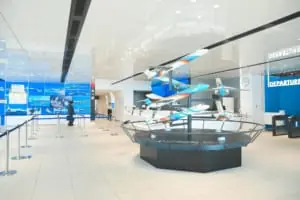
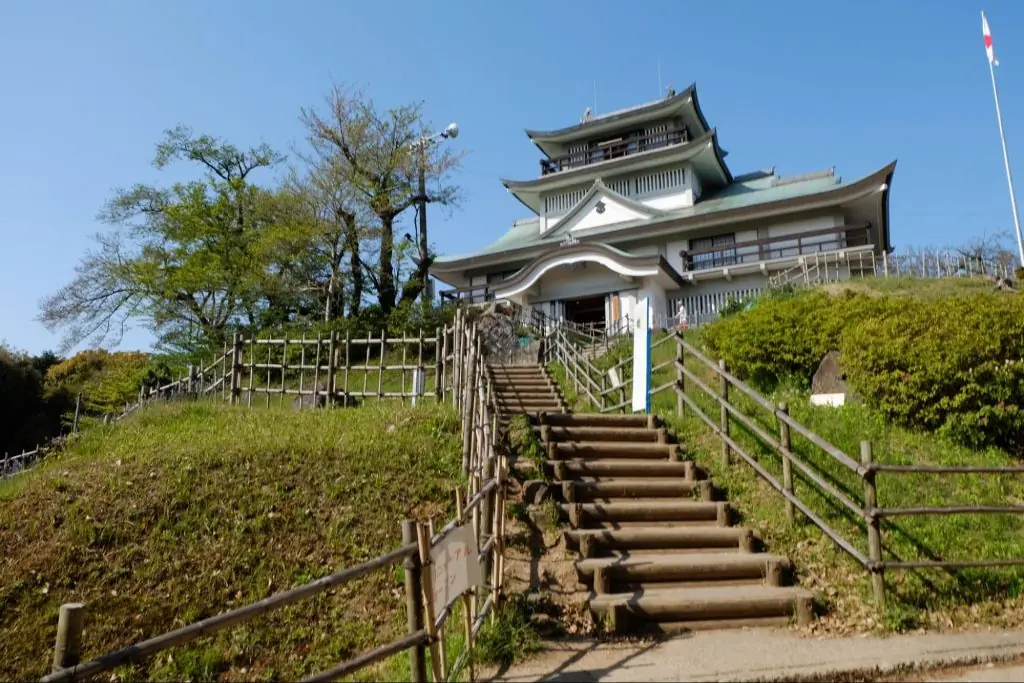

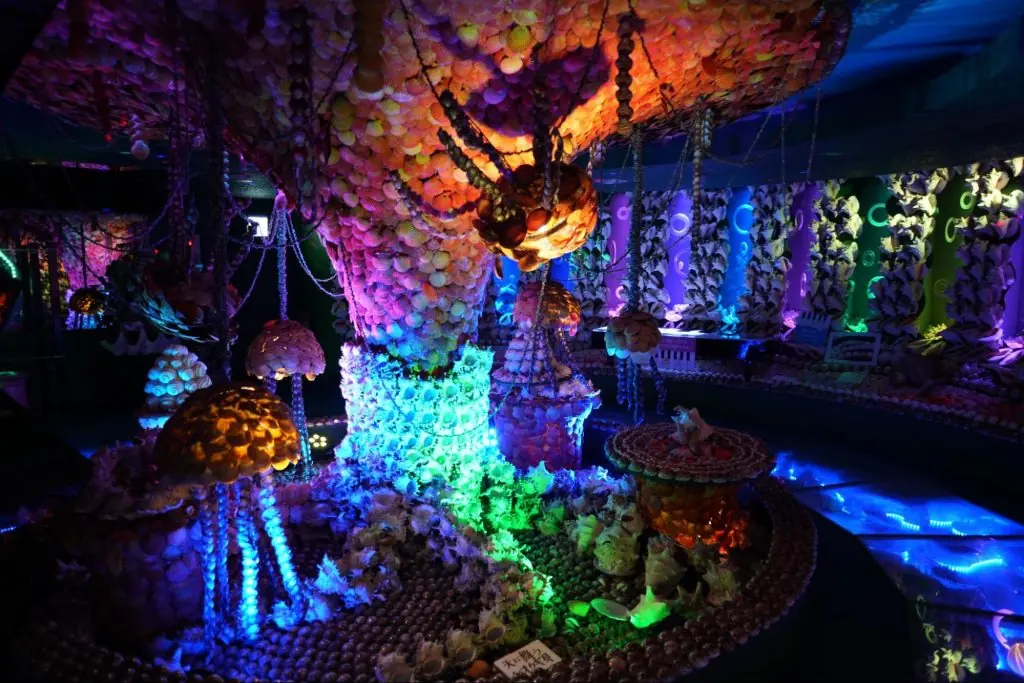

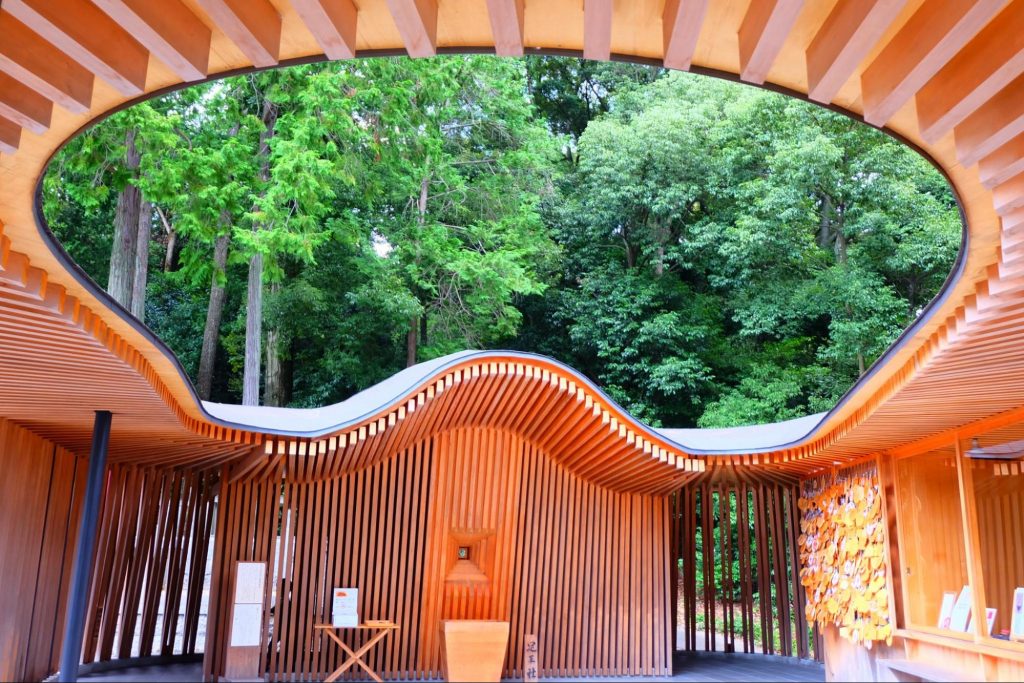
![[Nisshin City] Cafe Lusicca, A Hearty Cafe Started by a Bakery](https://life-designs.jp/wp/wp-content/uploads/2022/06/image6-18-1024x768.jpg)
![[custom house in Aichi Prefecture, Nagakute, and Nisshin] 20 recommended custom house companies and construction companies](https://life-designs.jp/wp/wp-content/uploads/2022/08/iStock-1346607588-1024x540.jpg)
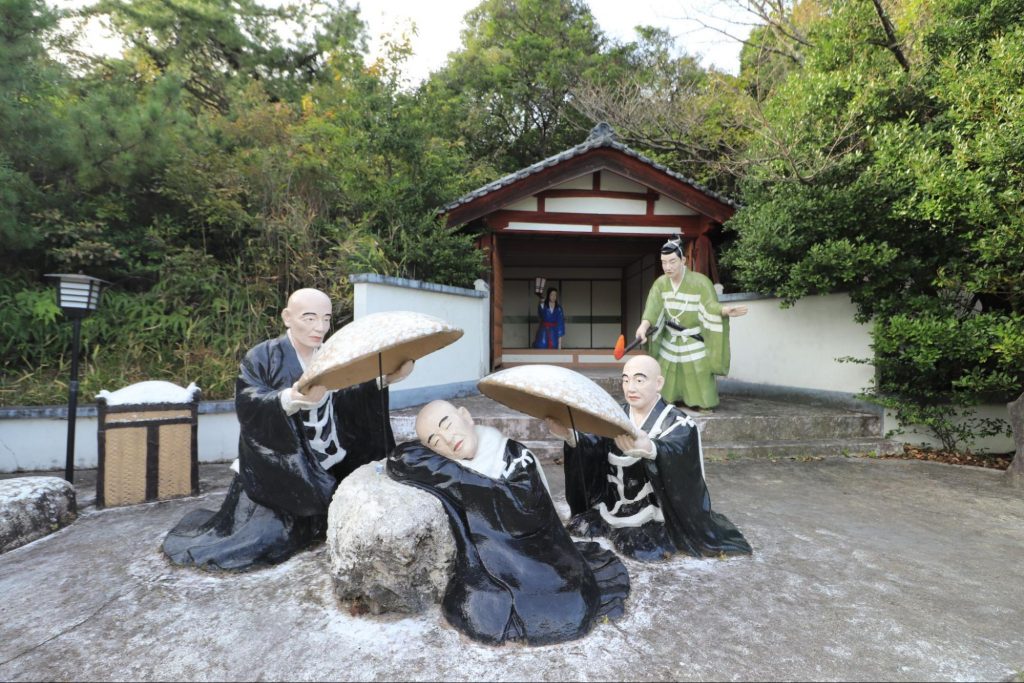

![[Indoor Facilities] Where to Go on Rainy Days in Tokai Area! For Family Outings!](https://life-designs.jp/wp/wp-content/uploads/2023/07/FotoJet-23.jpg)





![[Special Feature] Enjoy Outdoor Activities!](https://life-designs.jp/wp/wp-content/uploads/2019/12/LD_banner_w1920x1088_outdoor-1-768x435.jpg)
![[Tokai Area] Place to Go on Rainy Days!](https://life-designs.jp/wp/wp-content/uploads/2022/03/f76405aaa33944a4ba88a131fbc56523-768x435.png)
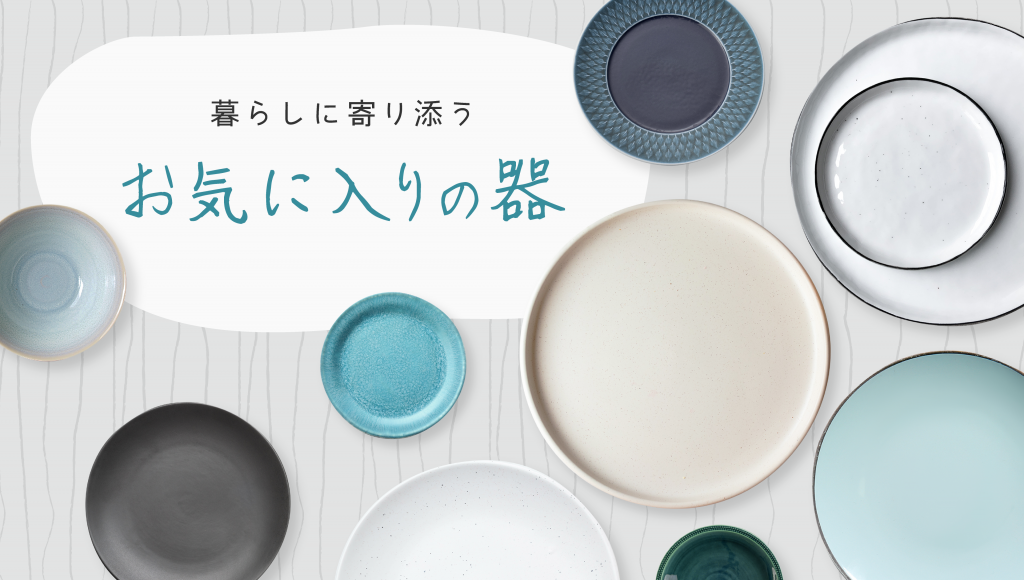
![[Nagoya-meshi] Nagoya's Speciality Dishes](https://life-designs.jp/wp/wp-content/uploads/2022/06/5ba2ca8c038fd4af7527bc0826367cfb-1024x580.png)
![[Ghibli Park] Beginner's Guide](https://life-designs.jp/wp/wp-content/uploads/2023/07/ghiblipark_w1920h1088_20240422-1024x580.png)
![[Osu Special Feature] A City of History and Uniqueness](https://life-designs.jp/wp/wp-content/uploads/2022/03/01_Osu-1-1024x580.png)
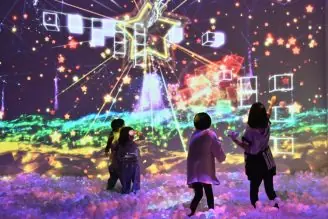
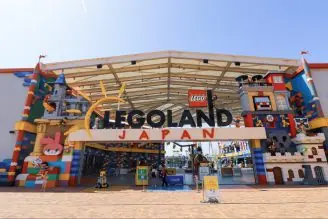
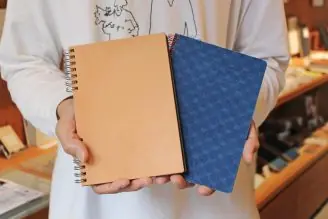
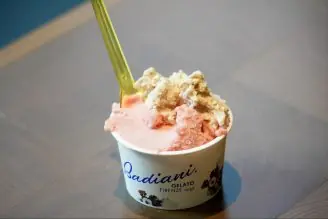

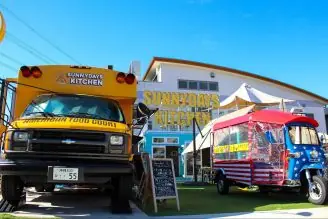
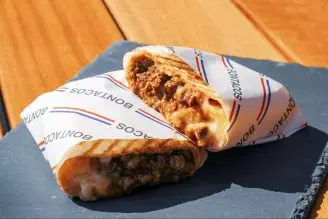
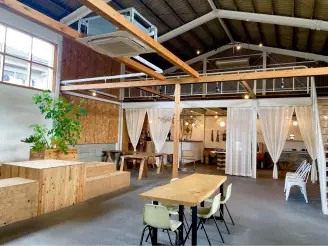
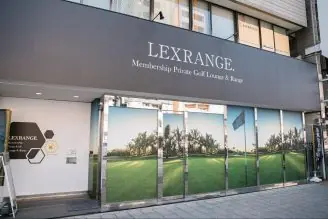
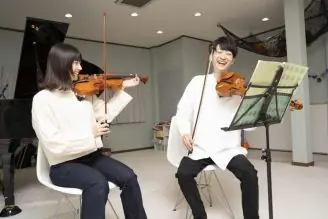

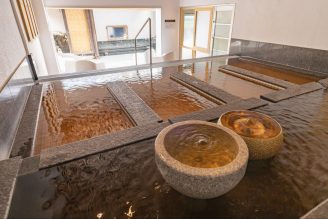
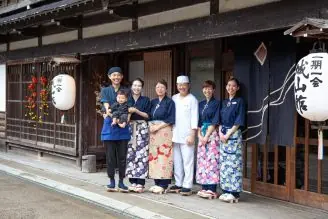
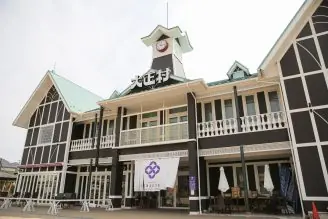
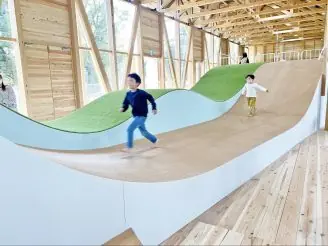
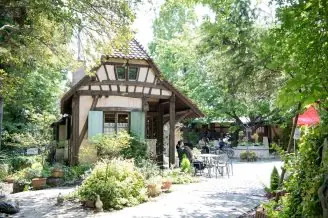


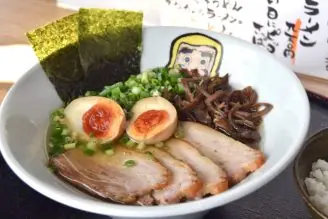
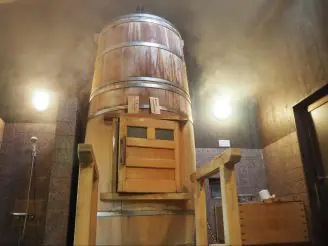
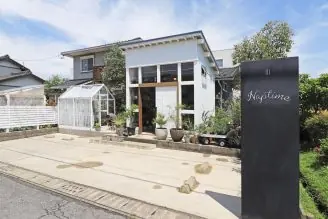

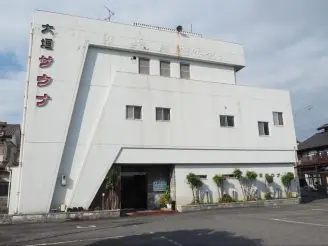
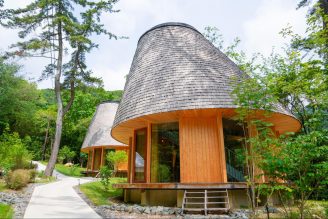

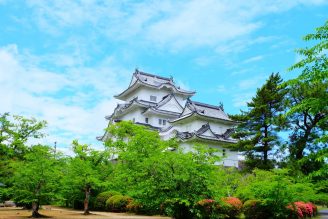
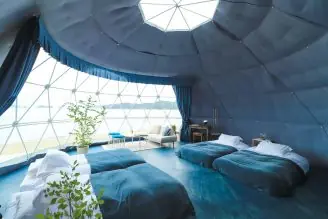
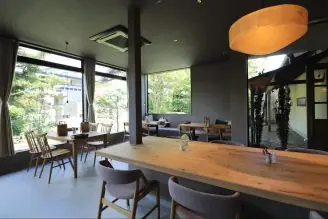
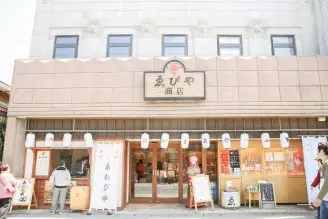


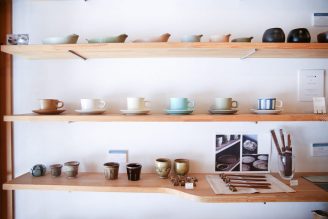
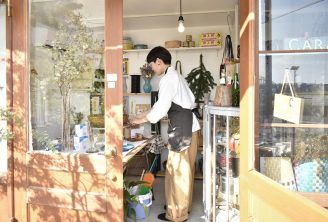
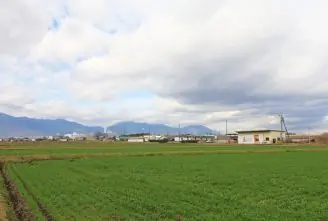
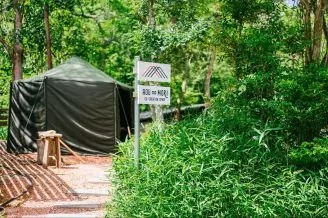

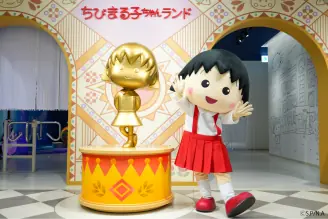
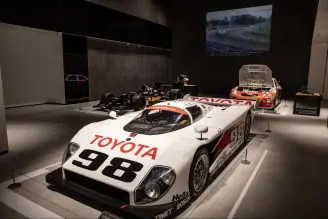
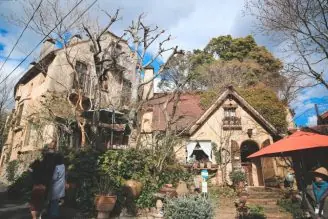






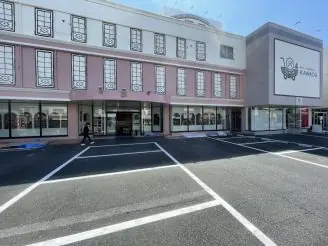
![Onigiri is hot right now! Summary of Osu's Onigiri Specialty Shops [5 selections].](https://life-designs.jp/wp/wp-content/uploads/2023/11/onigiri-1024x768.jpg)
![[9 Selections] Summary of Retro Coffee Shops in Nagoya](https://life-designs.jp/wp/wp-content/uploads/2021/11/image1-30-1024x683.jpg)
![[20 Selections] Nagoya Souvenirs: Non-Sweet & Recommended Snacks Available at Nagoya Station](https://life-designs.jp/wp/wp-content/uploads/2025/07/image3-2-1024x683.jpg)
![[Aichi, Gifu, Mie] 30 Family-Friendly Spots to Go in Winter!](https://life-designs.jp/wp/wp-content/uploads/2019/12/image21-1-768x543.png)
![[Within 2hrs by Car] 12 Outing Areas where You can Go on a Day Trip from Nagoya!](https://life-designs.jp/wp/wp-content/uploads/2023/07/odekake12_w1200h900_20240422-328x246.png)

